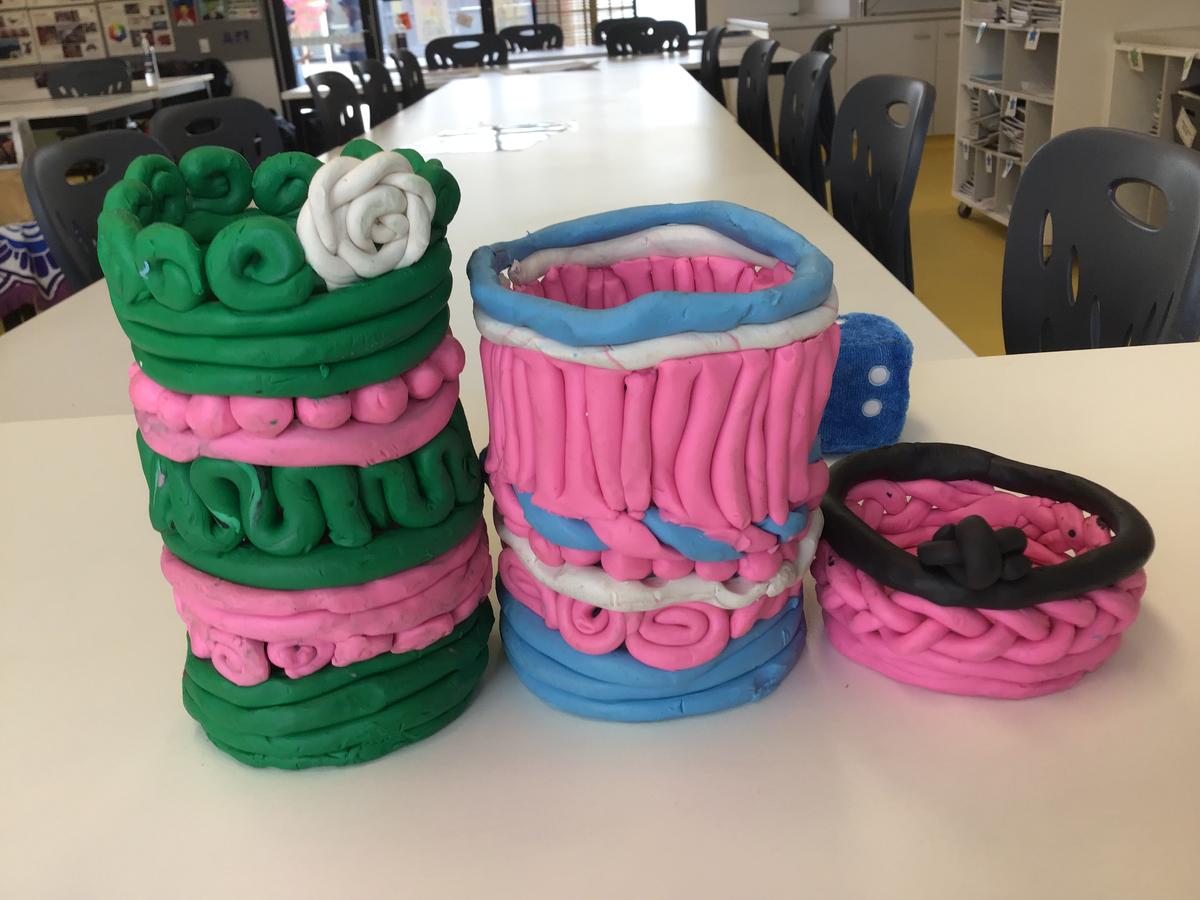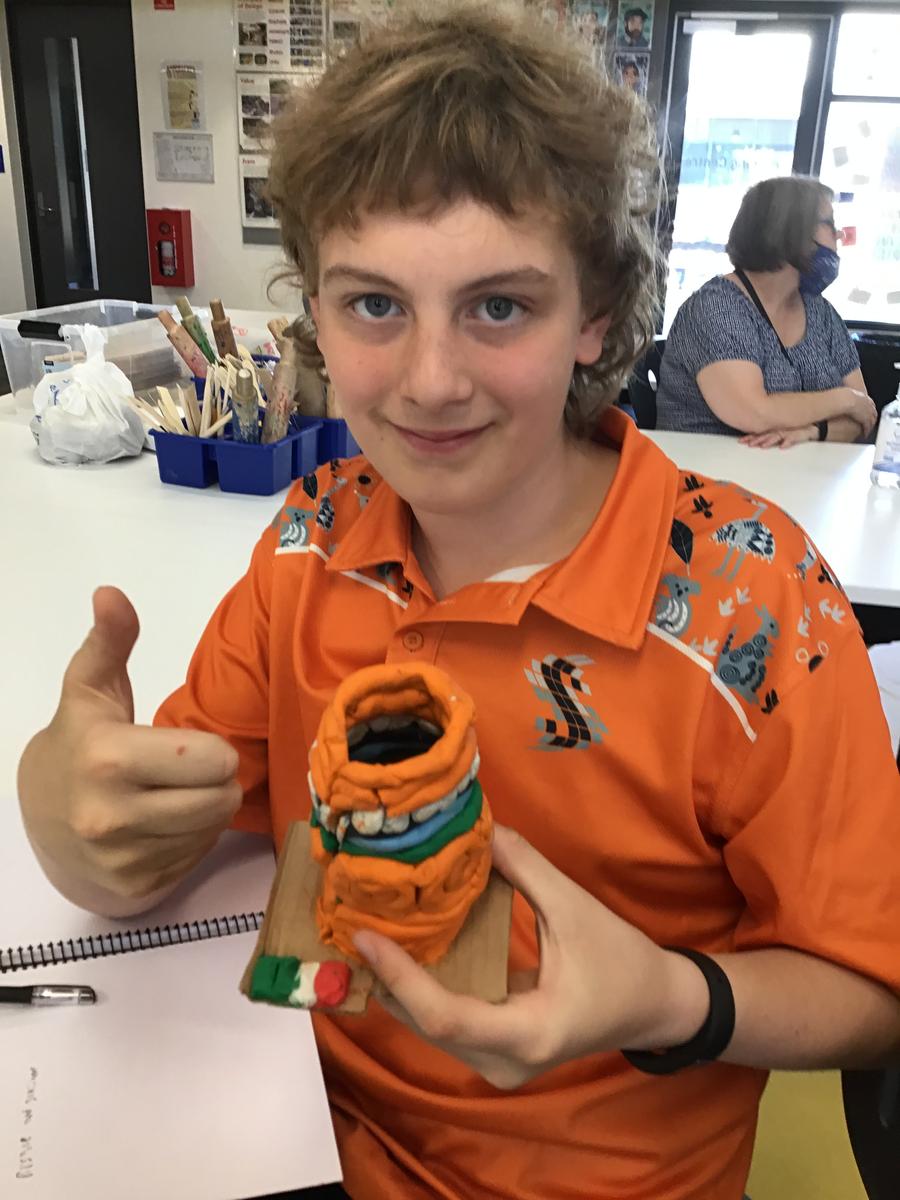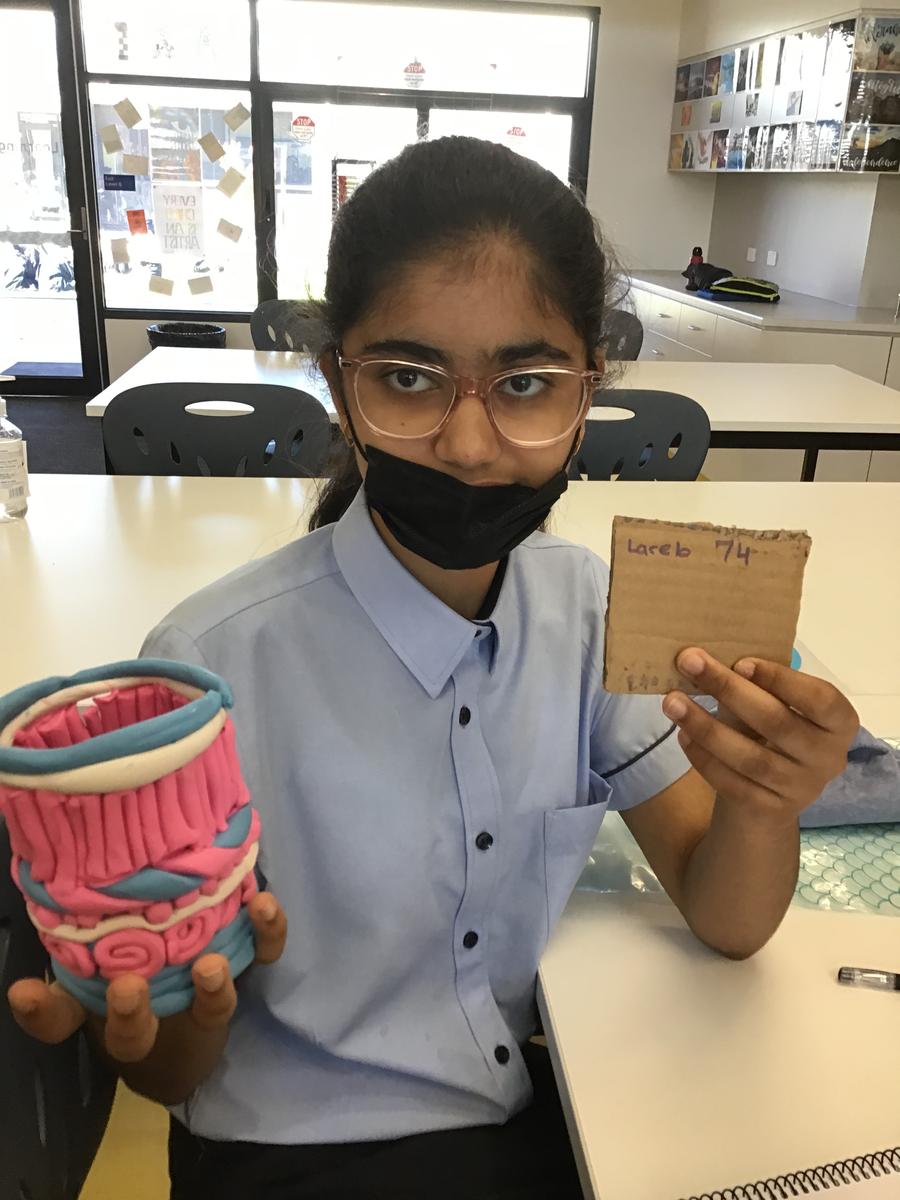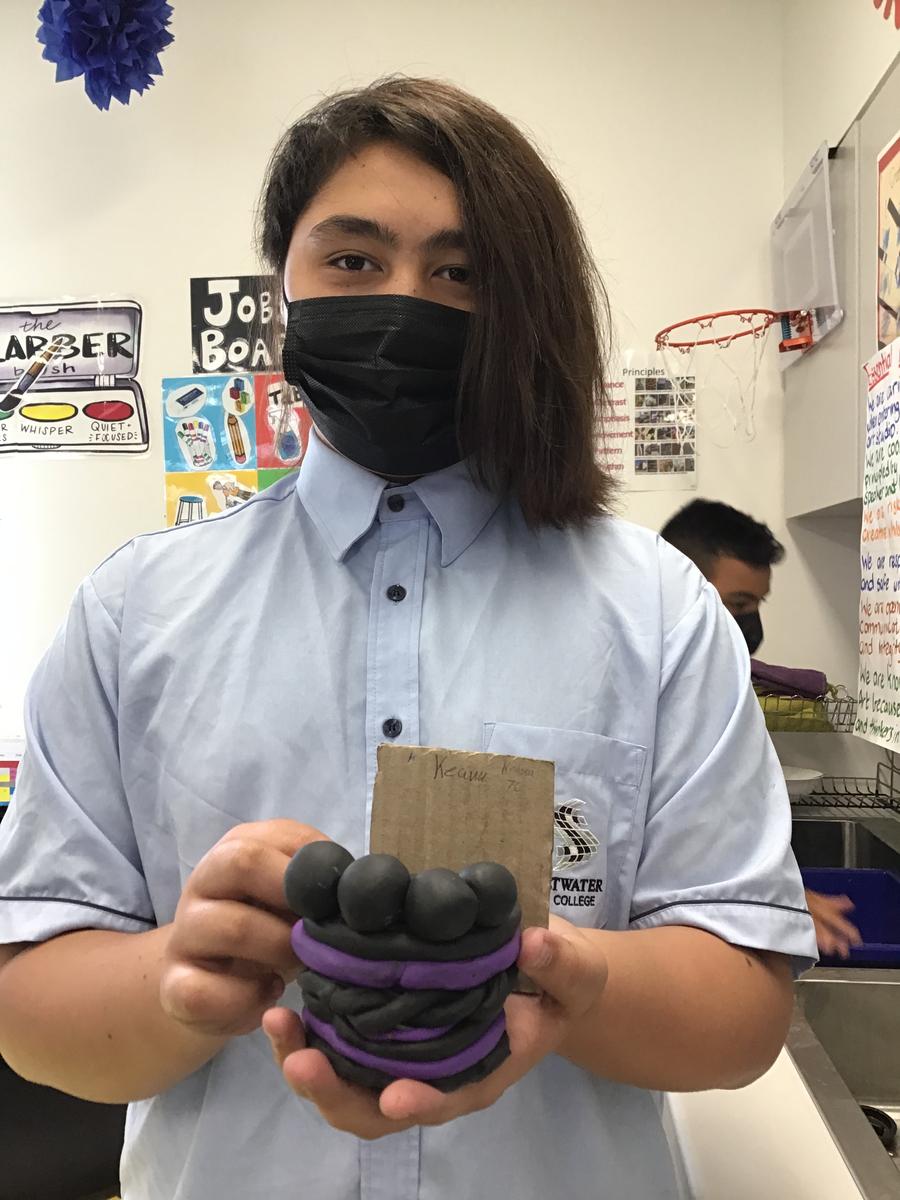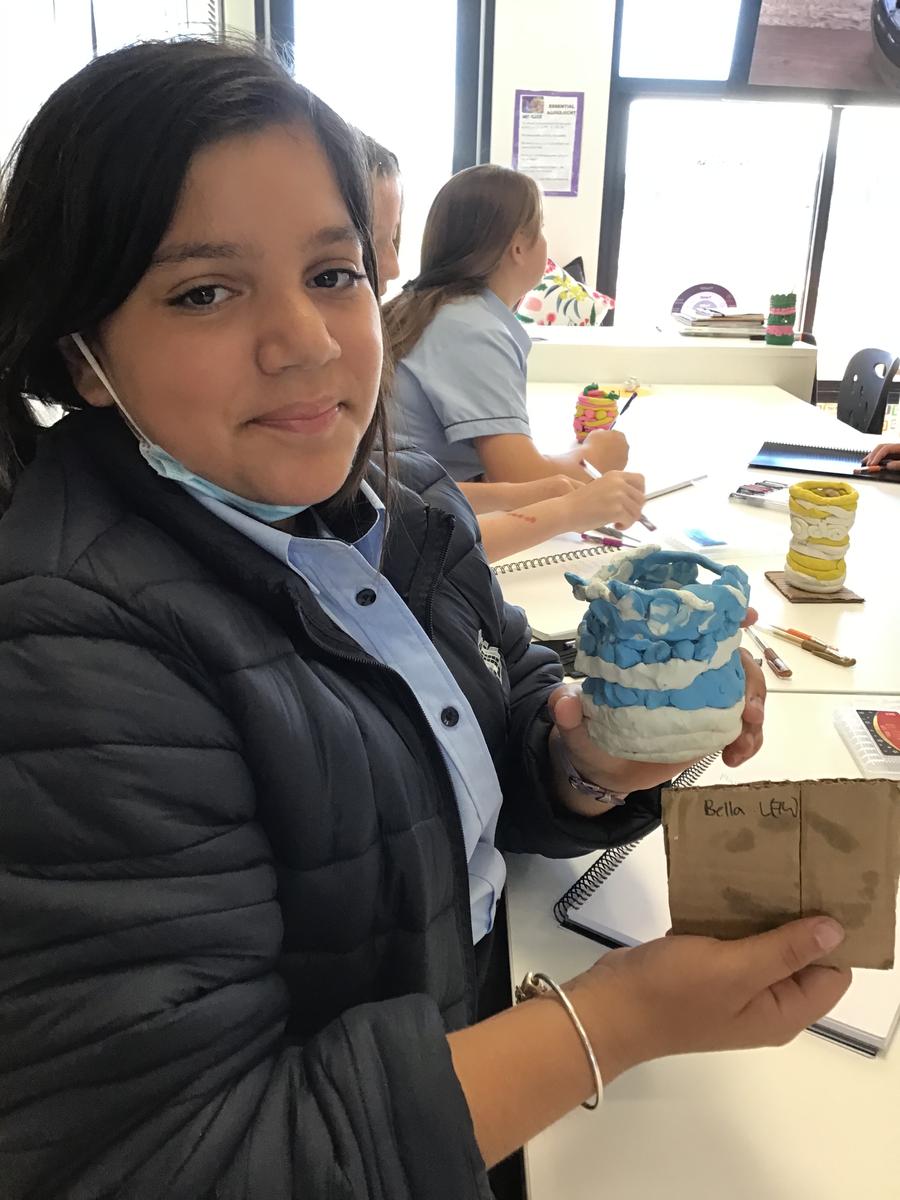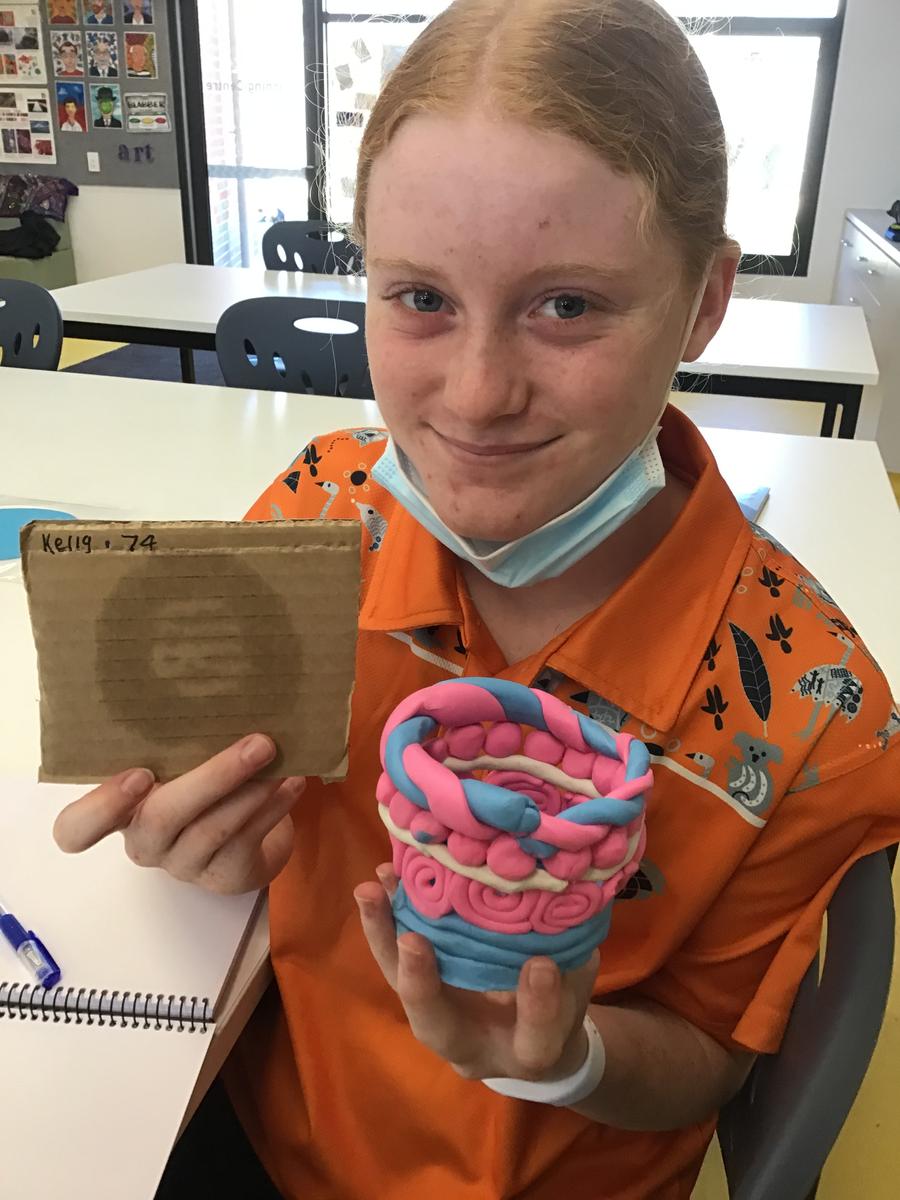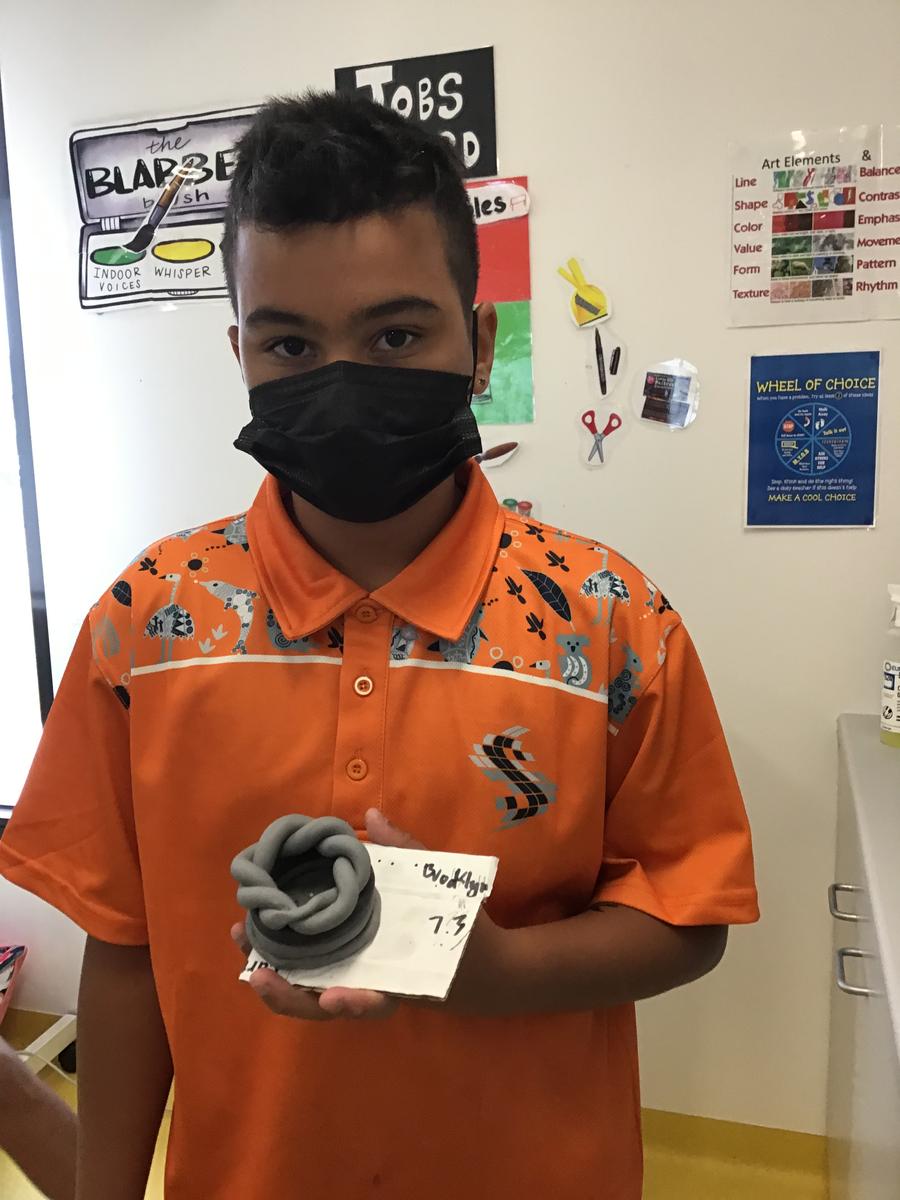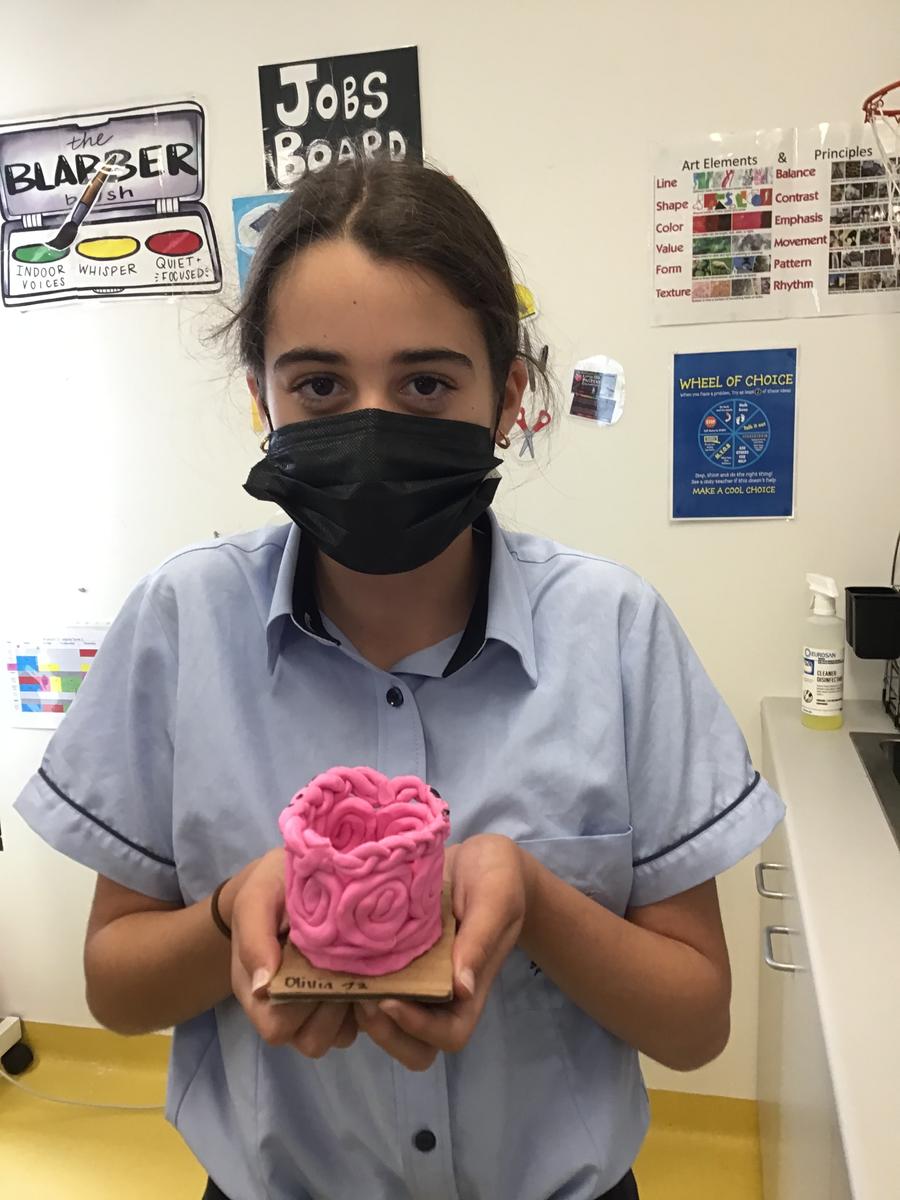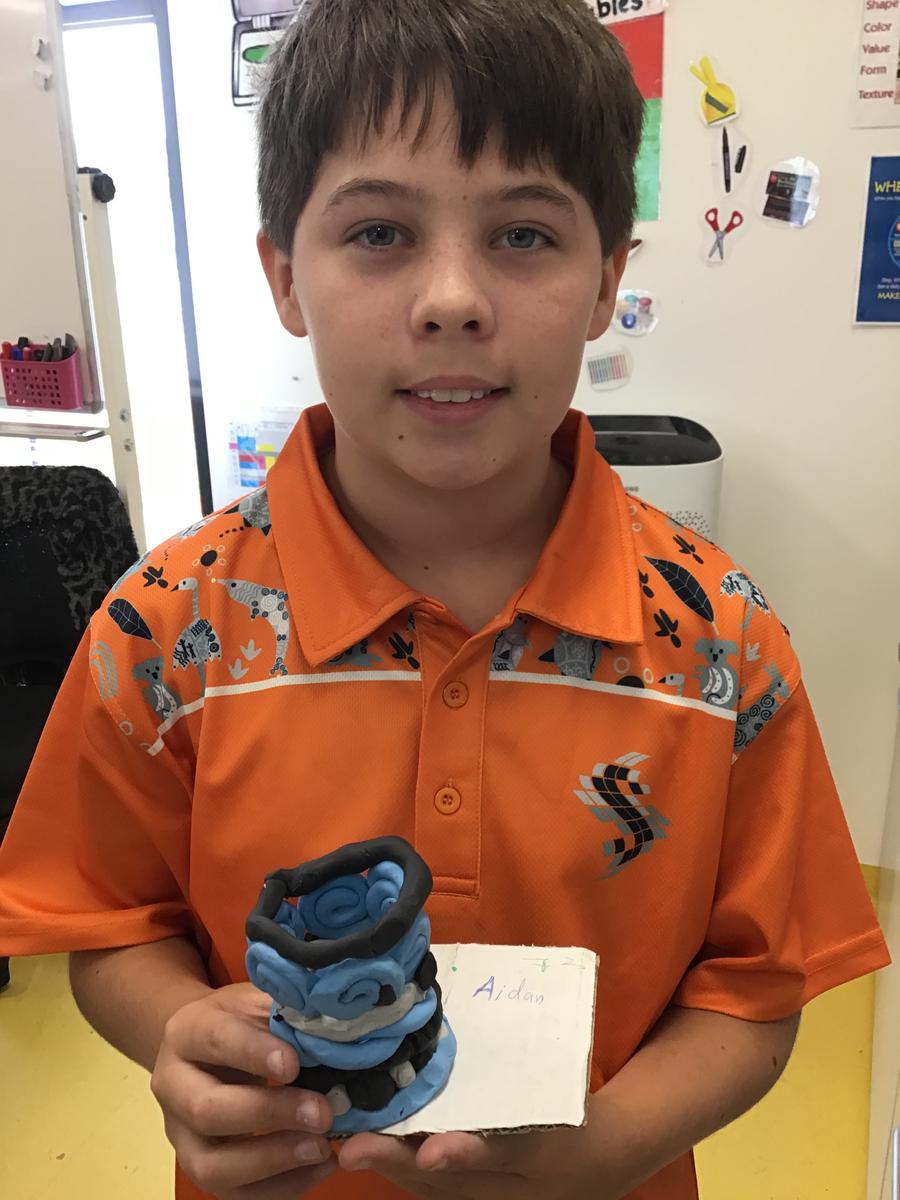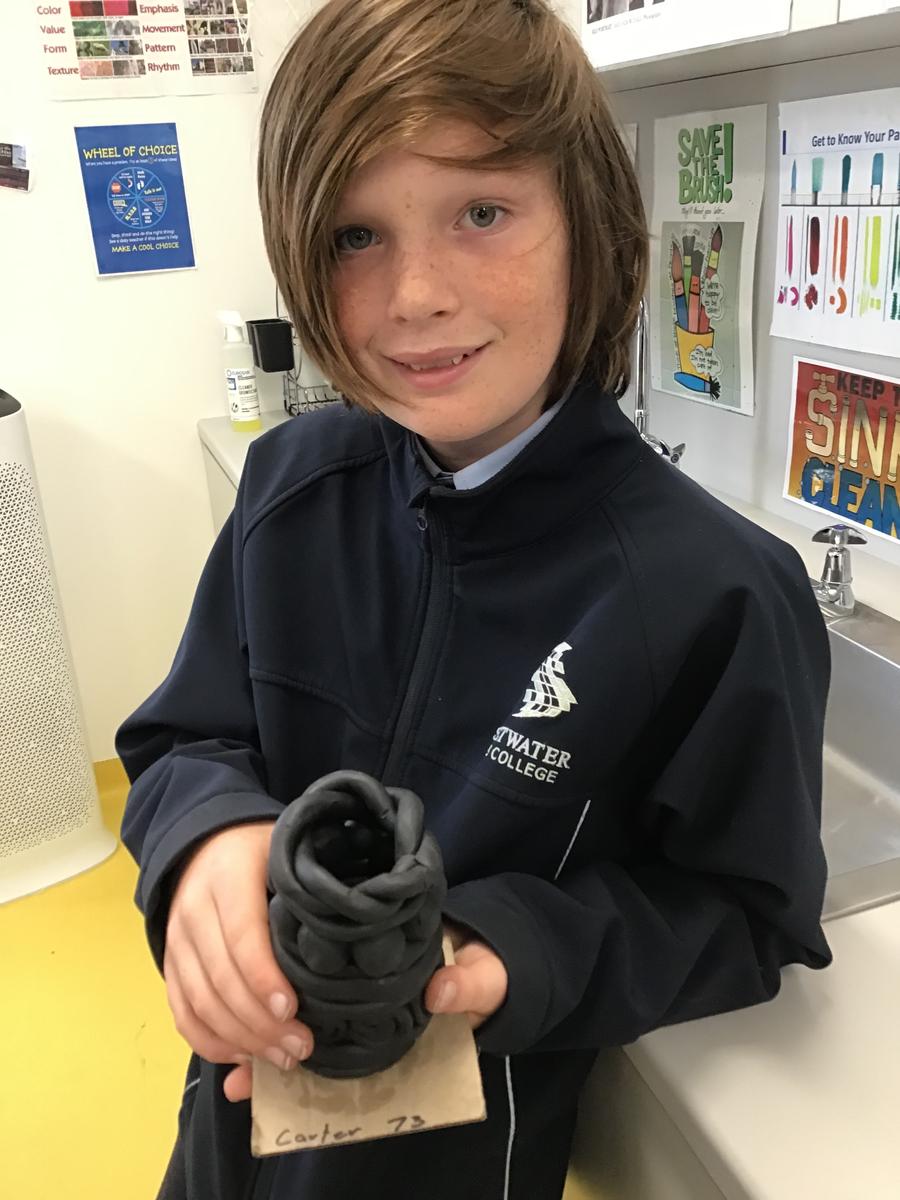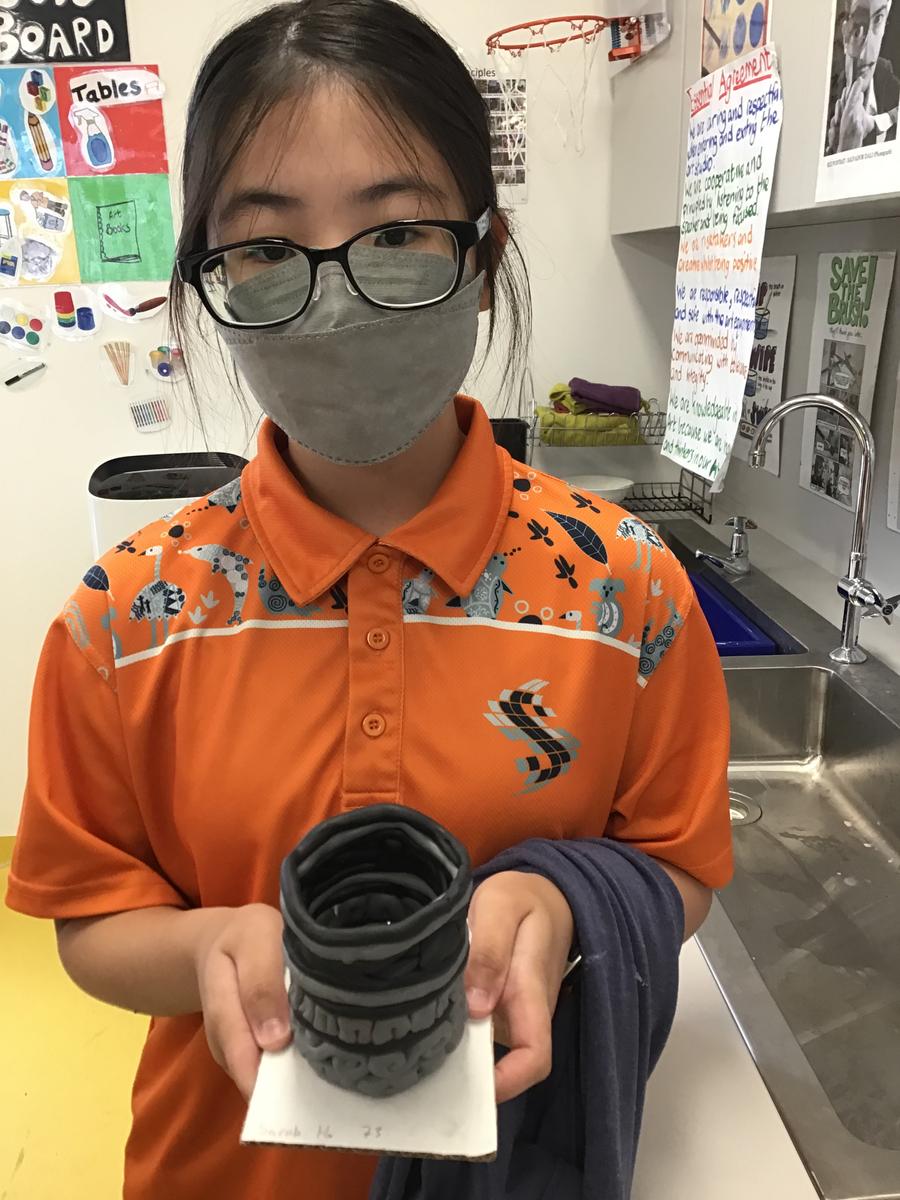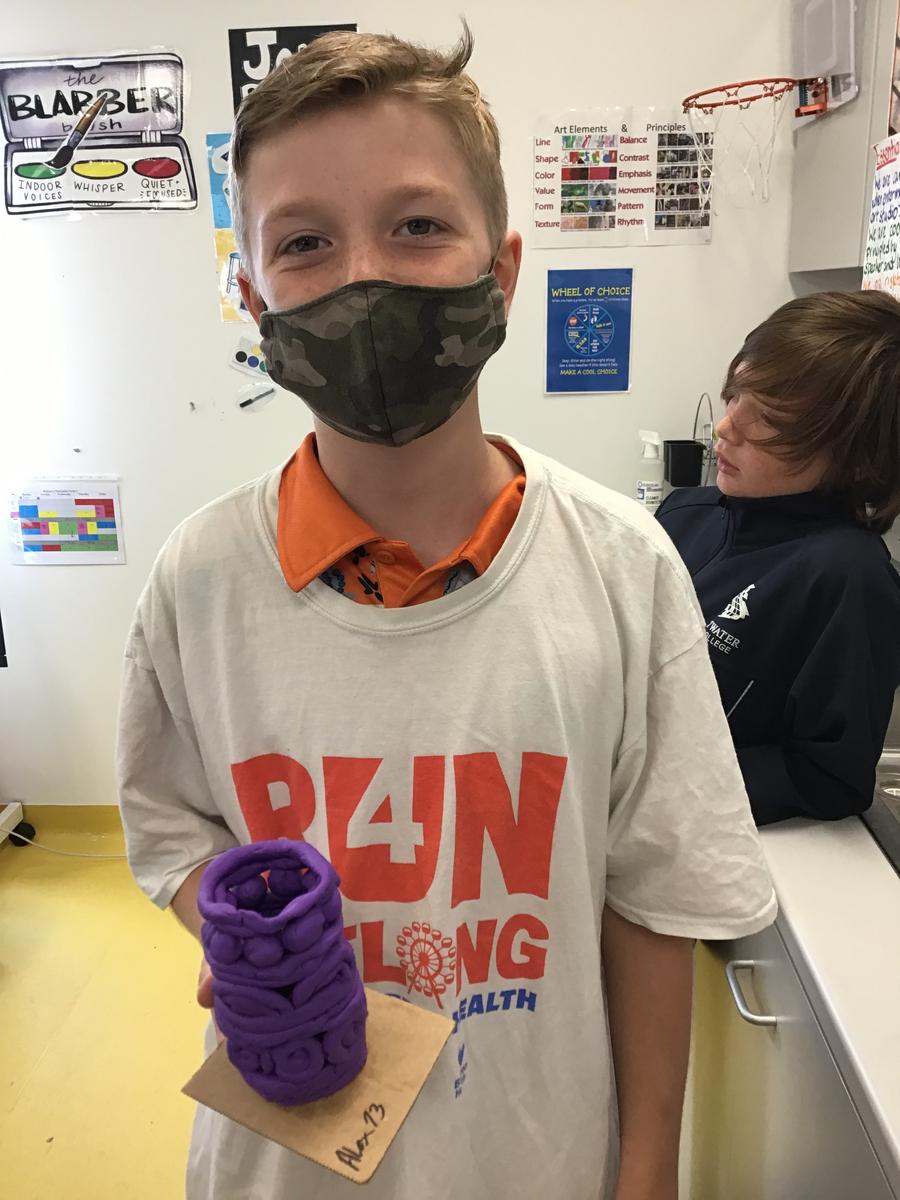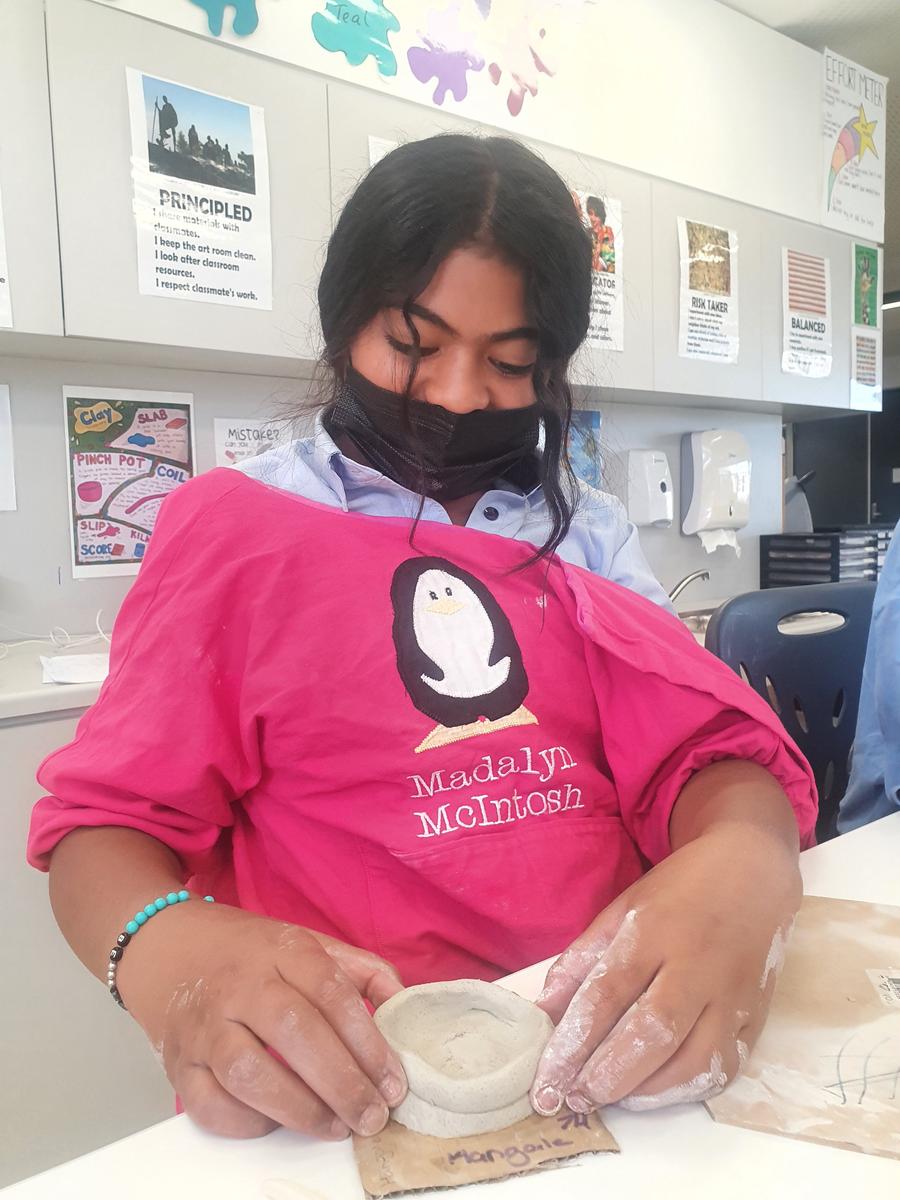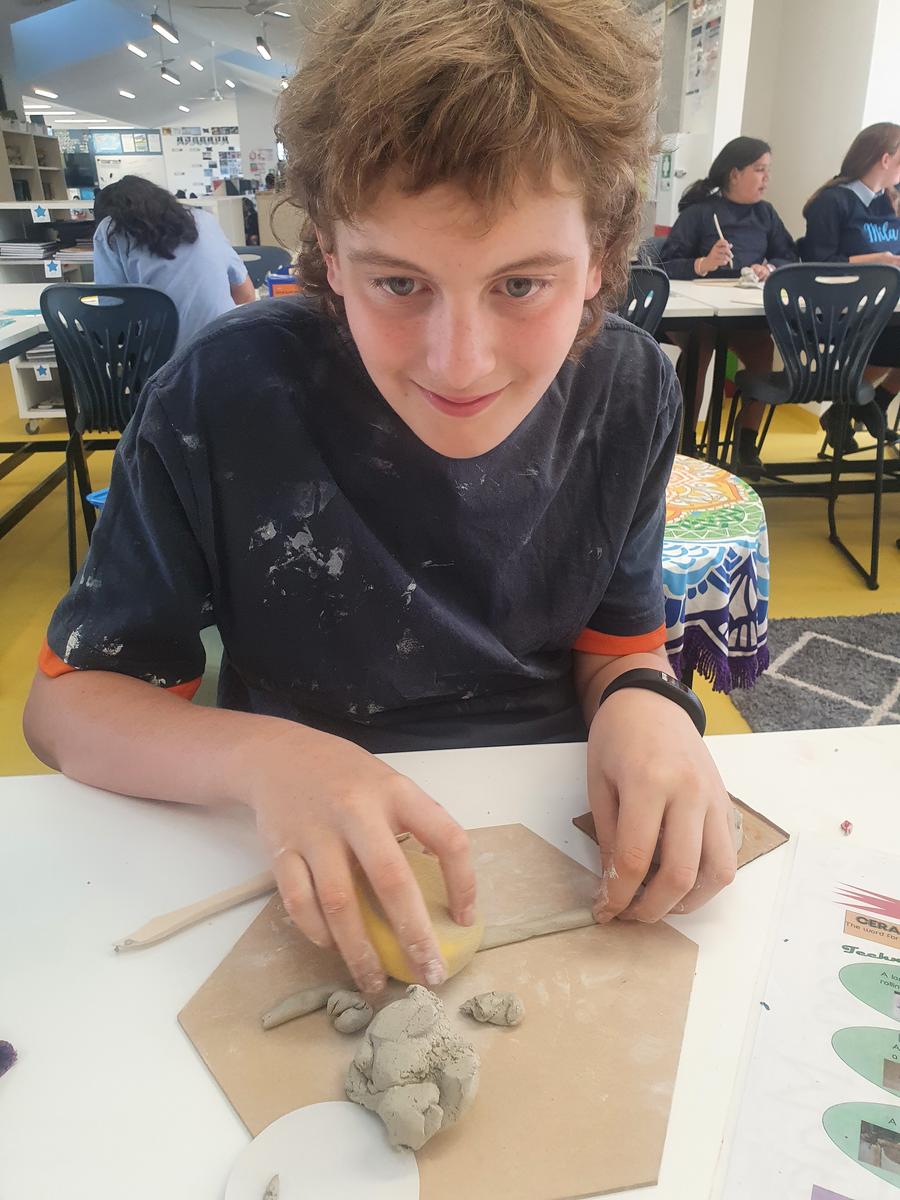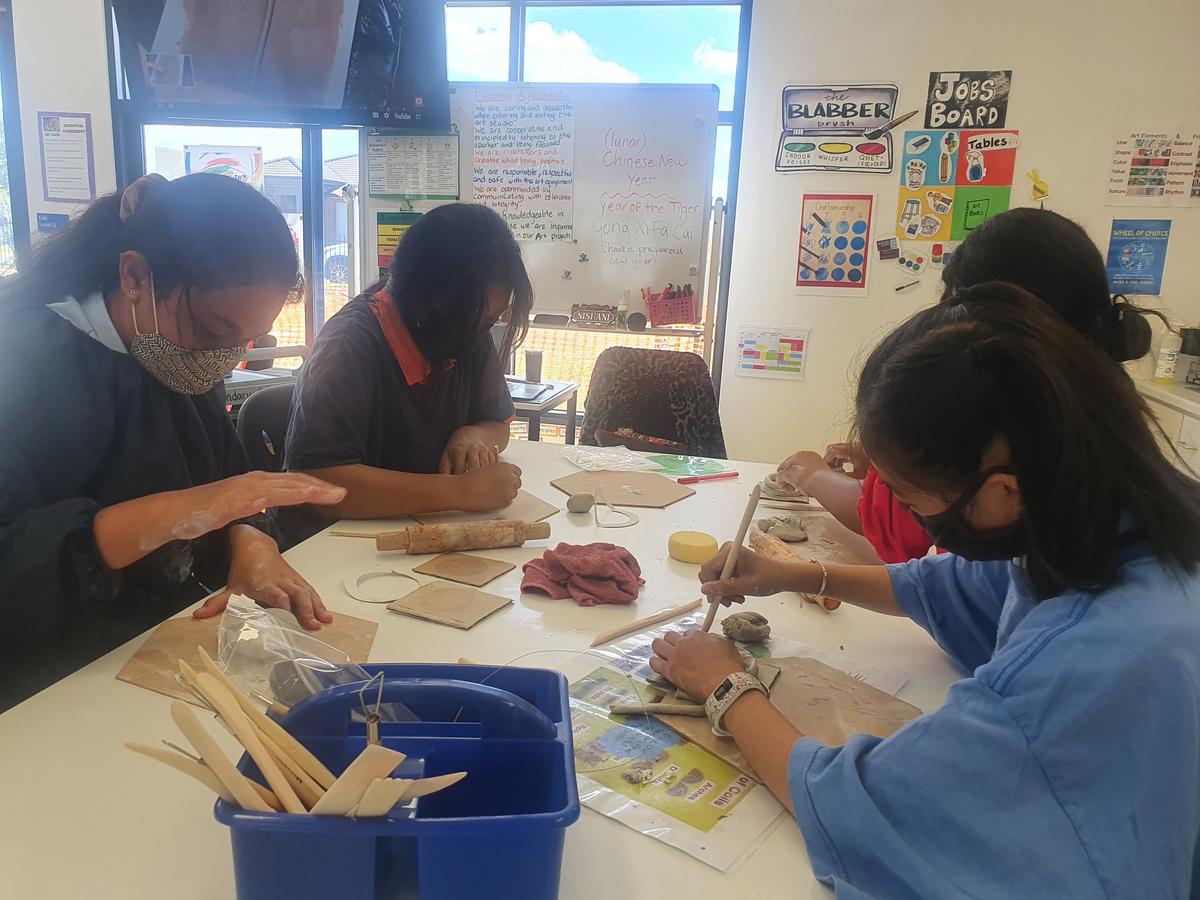Visual Arts
with Ms. Nardo, Ms. Mancini and Ms.Nishani

Visual Arts
with Ms. Nardo, Ms. Mancini and Ms.Nishani
Welcome to our third newsletter for Term 1, 2022. In the last couple of weeks students in Prep to Year 3 have started unpacking the first Visual Art Unit of Inquiry based around the Transdisciplinary Theme ‘Who We Are’. The Prep to Year 2 students have been consolidating their learning in colour and line by creating a name picture. This activity allowed students to provide their peers and teachers with an opportunity to share a little about themselves, using text (words), images (pictures) and symbols.
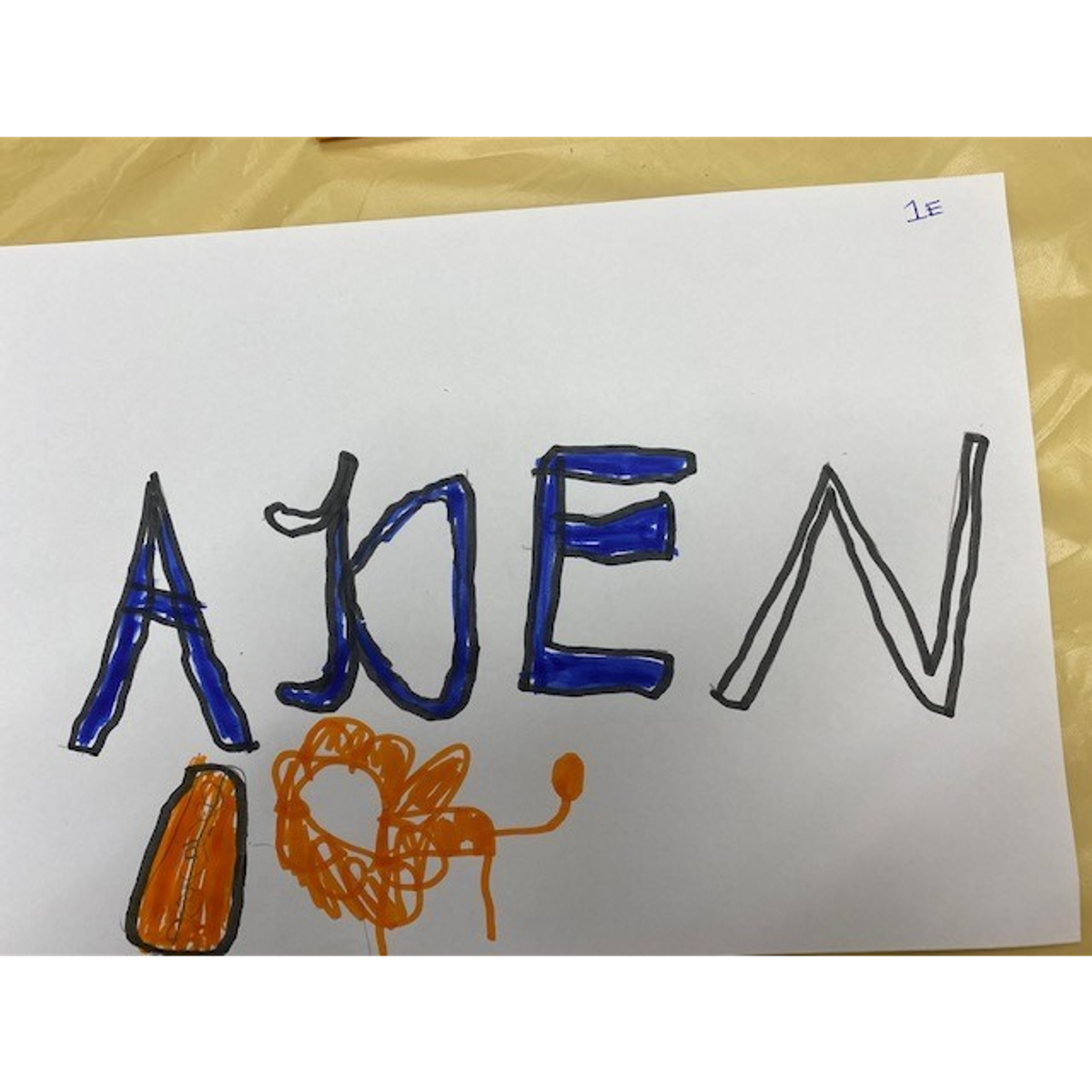

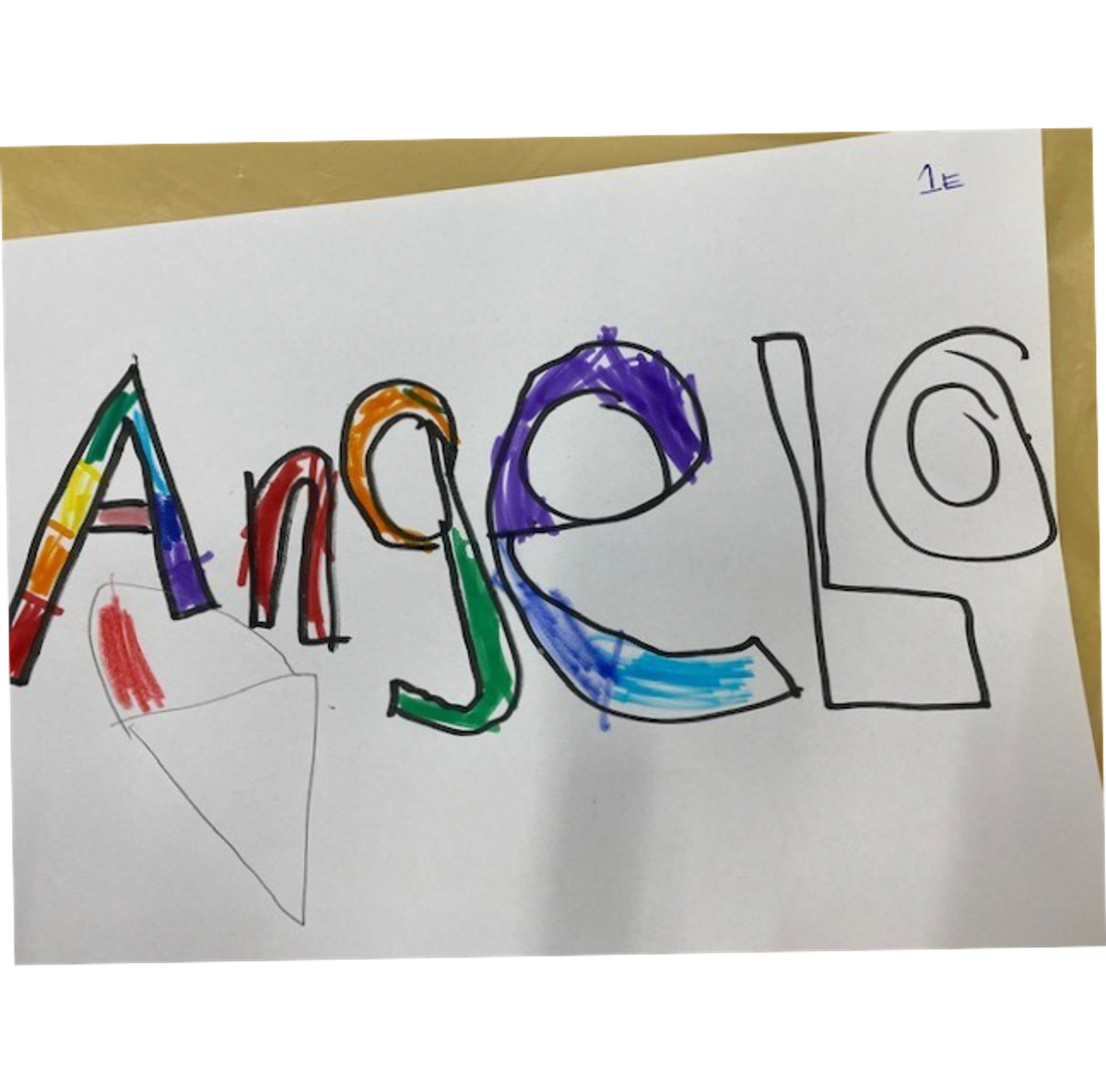

Students were first briefed on the art of Jimmy Pike, famous Aboriginal artist and member of the Walmajarri people. They were then shown some of his artwork and were able to connect with the way the artist developed and produced artwork. The students were able to see how Jimmy Pike used lines and colour to tell his audience a little about himself and his family.
In unpacking the first Unit of Inquiry, the Year 3 students have been focusing on reviewing basic colour theory, discussing primary colours and their relationship to the secondary colours. They were introduced to colour theory language, such as warm and cool colours and were then asked to experiment with varying amounts of paint to create their favourite colour.
Throughout the session students were able to see how varying the ratio of paint colours, affects the outcome of the final colour. At the end of the session students reflected on their learning and explained which colour was their favourite and how the colour was created.
Students in Year 4 have been inquiring into the Transdisciplinary theme of How the world works.
The unit of inquiry and central idea is: Through examining the arts, people can gain insights into culture . Students will be inquiring into Lines of Inquiry:
How cultural artwork and mandalas enable artists to express themselves?
How different art mediums elicit emotions?
How art elements used to express emotions?
Students have tuned into this unit by viewing various videos and unpacking radial symmetry, the history and purpose of Mandalas and how they are used in various cultures. They have been developing their skills using the art elements and principles of line, pattern, shape, repetition and colour to practise and then create a Mandalas of their own that resembles who they are and what is meaningful to them. Below are some various practise sketches of students work as they develop their skills in radial symmetry . Stay tuned for students final projects towards the end of term 1.
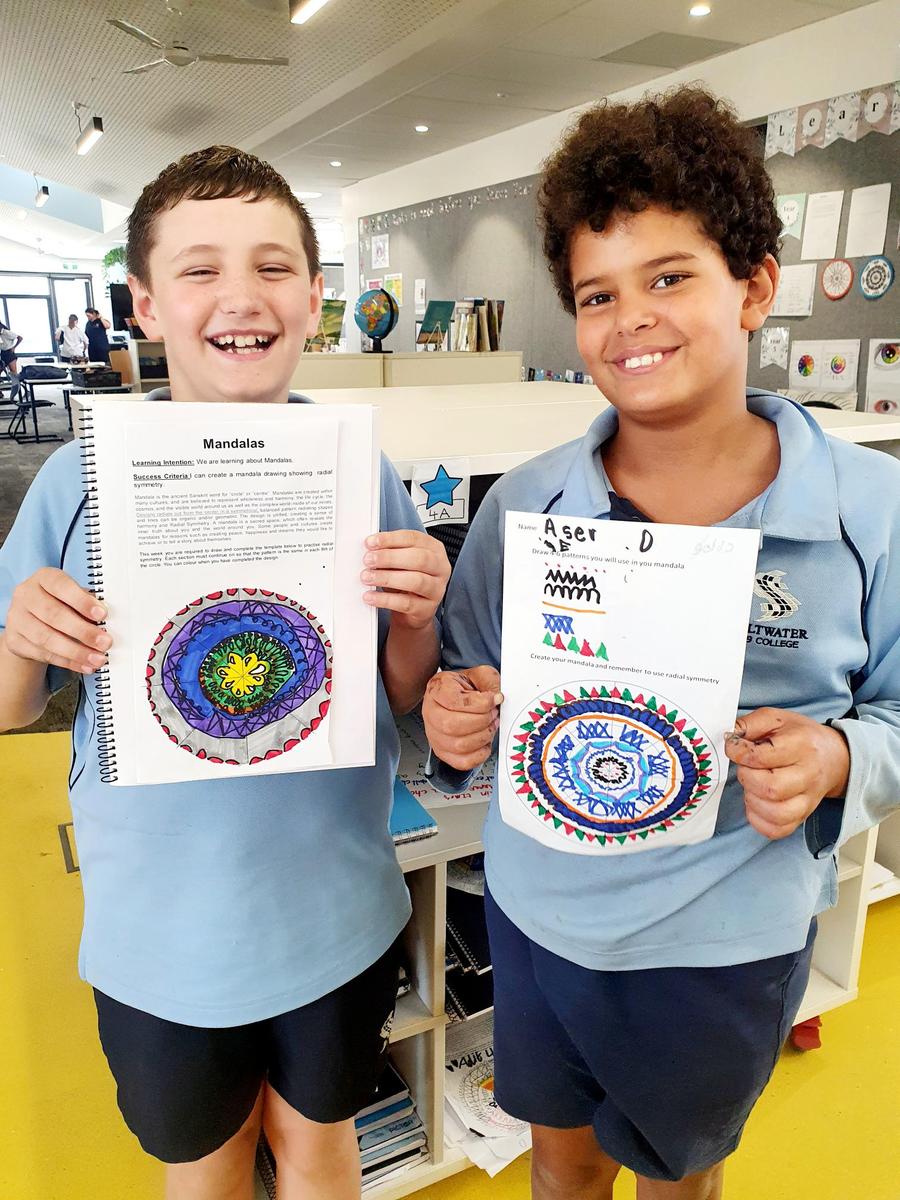

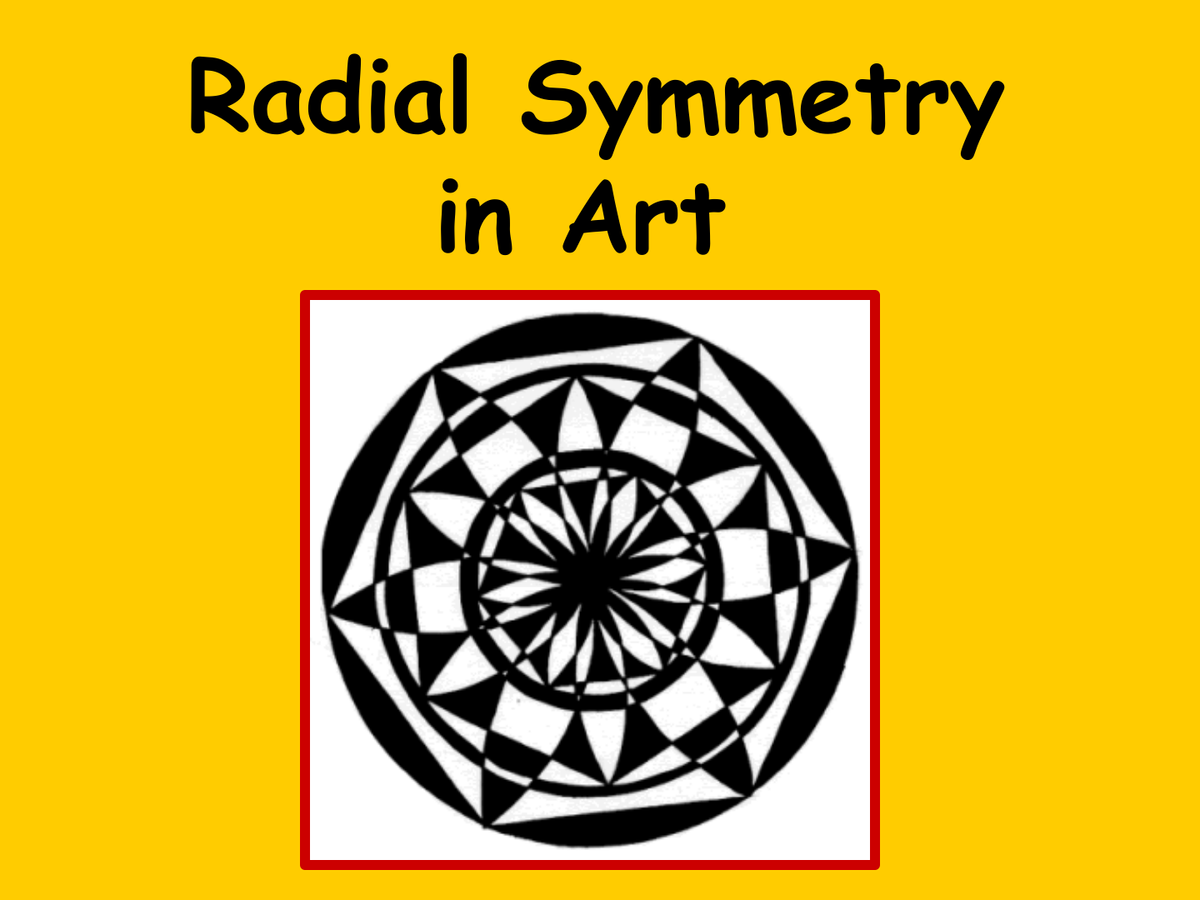
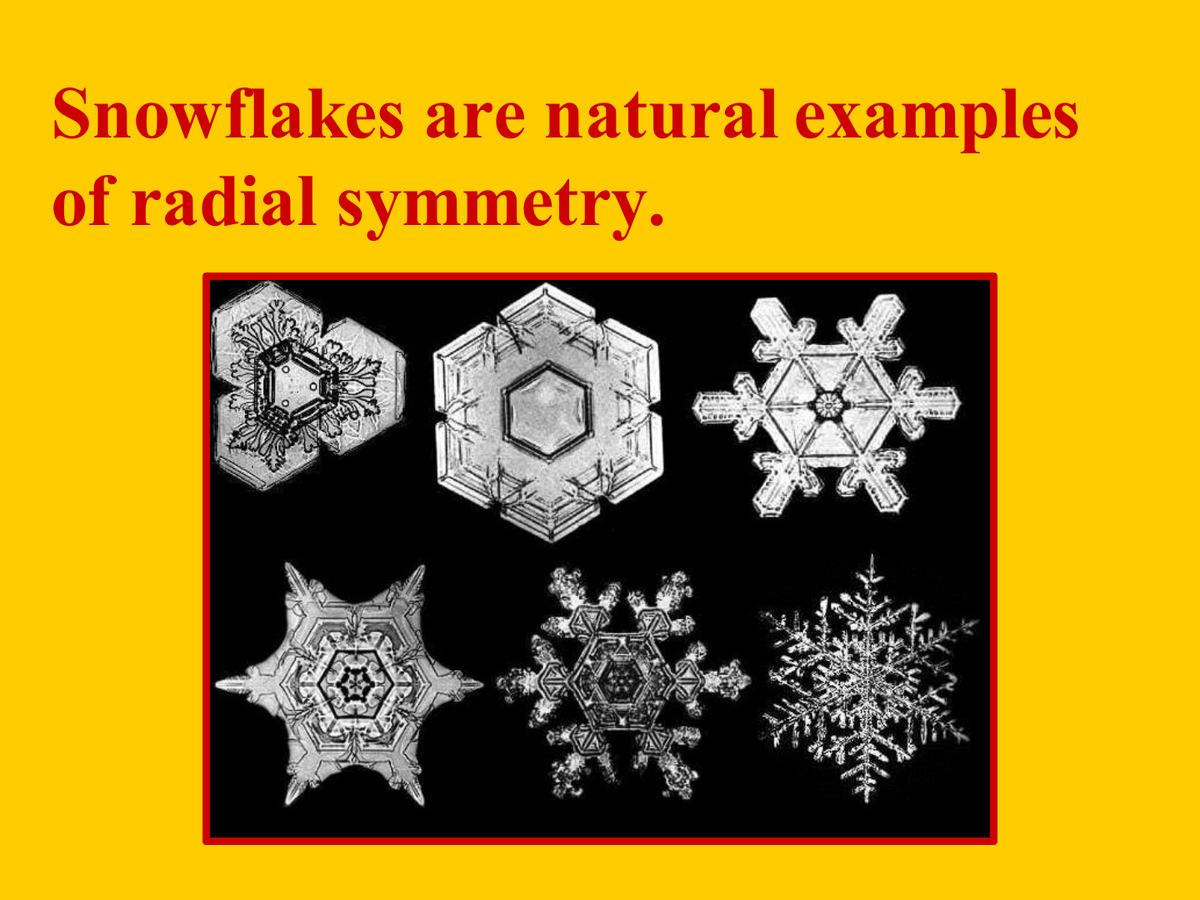





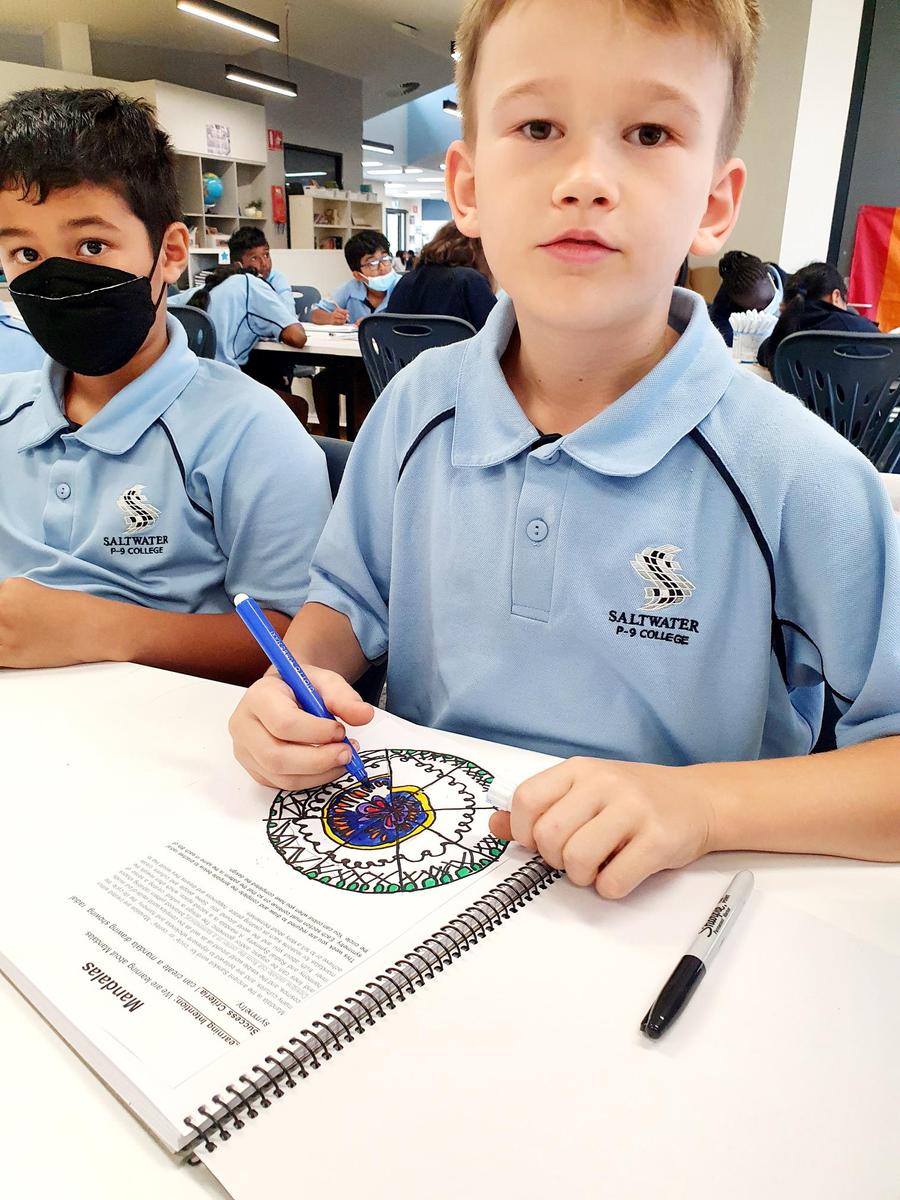


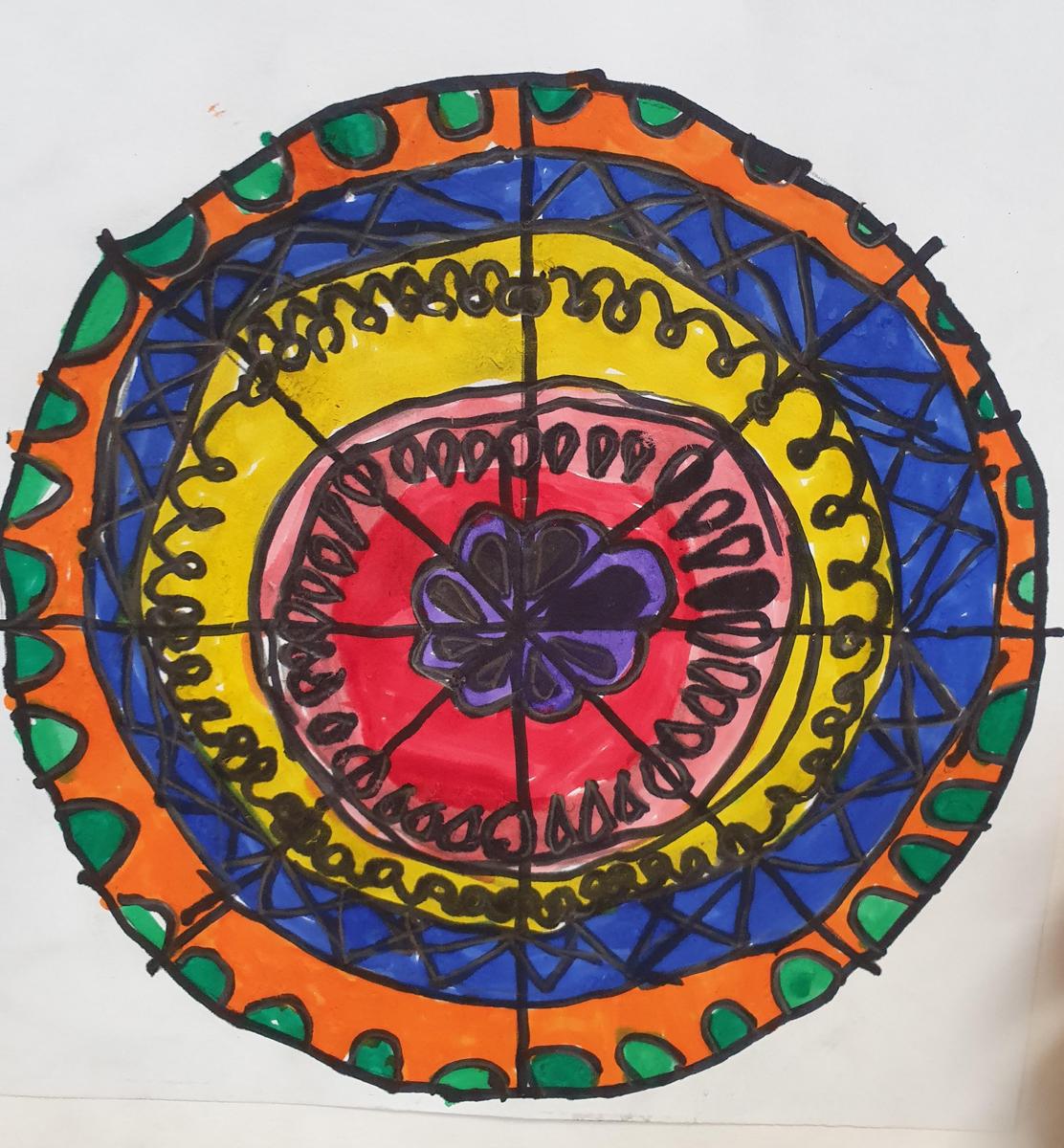
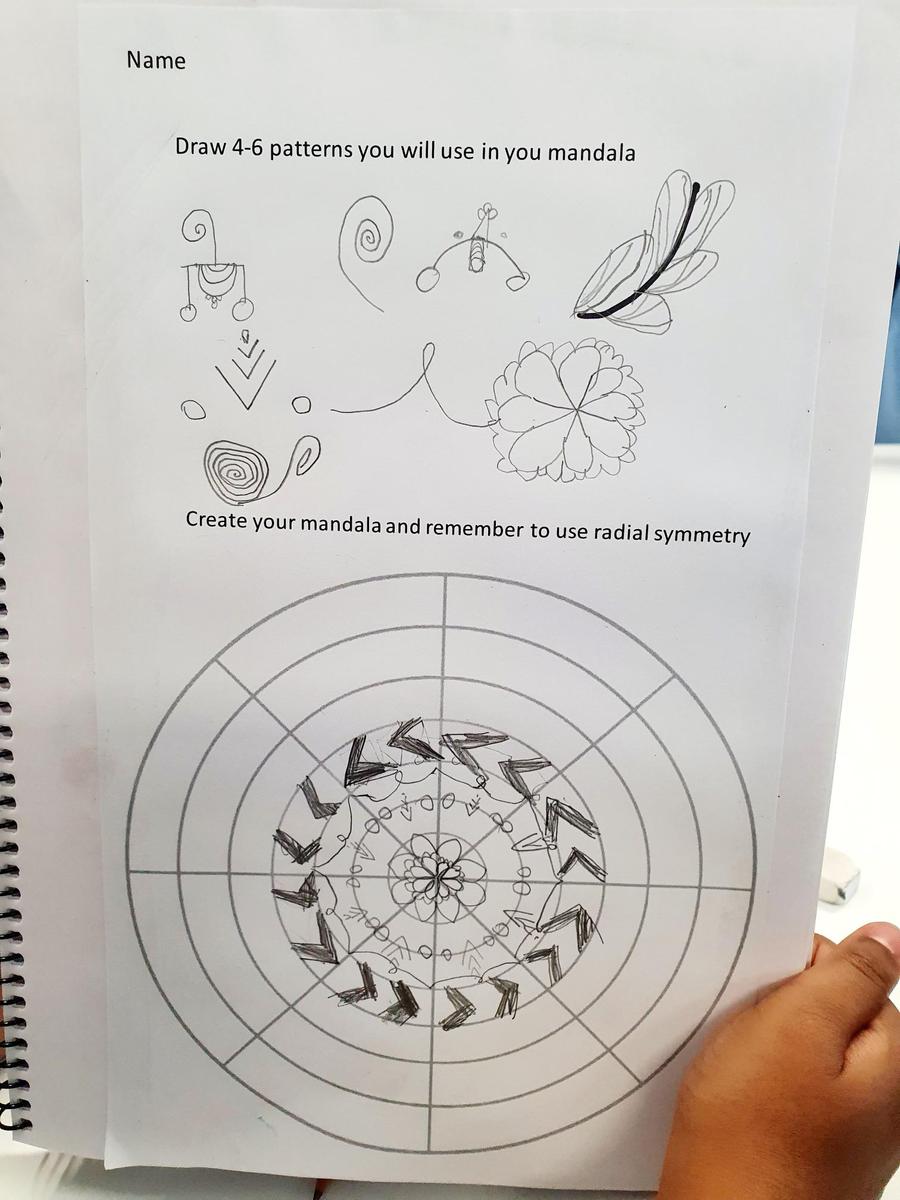
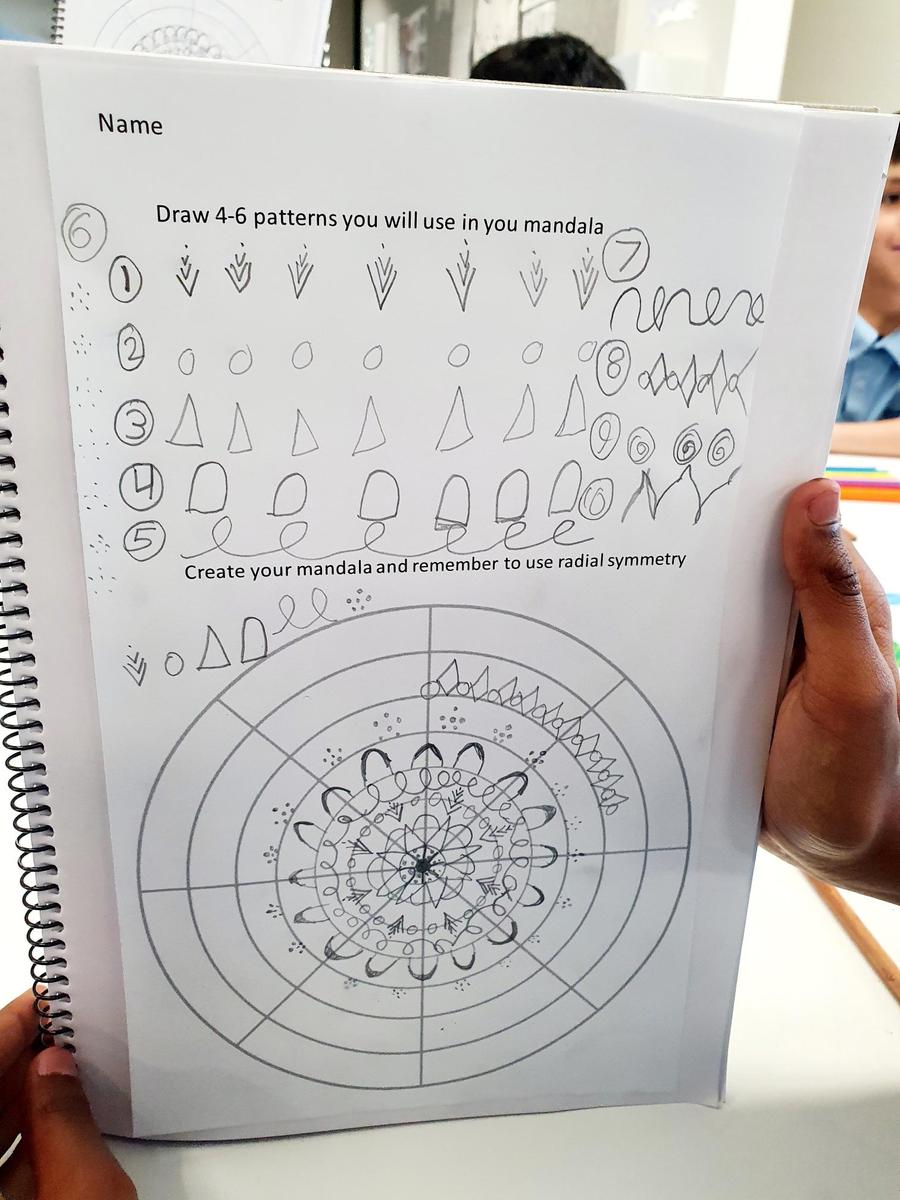

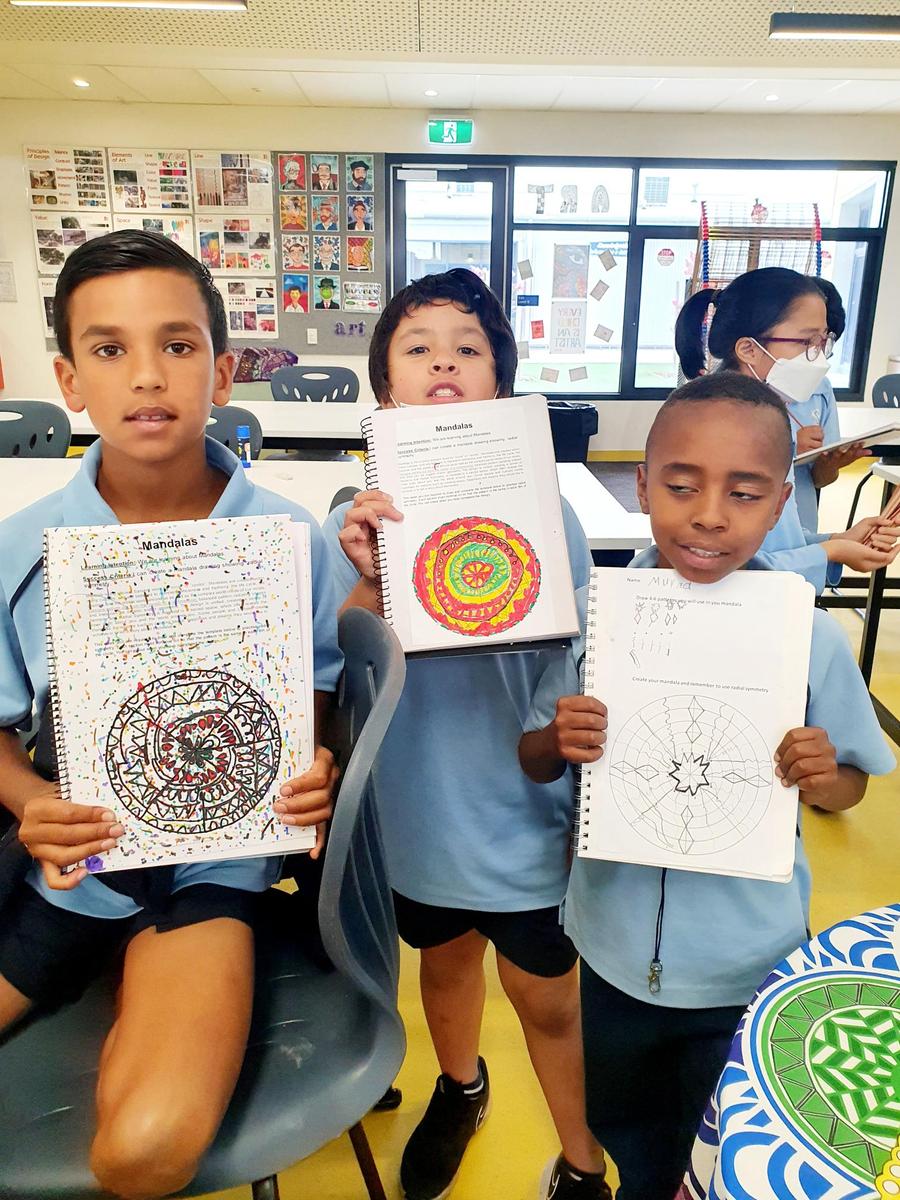
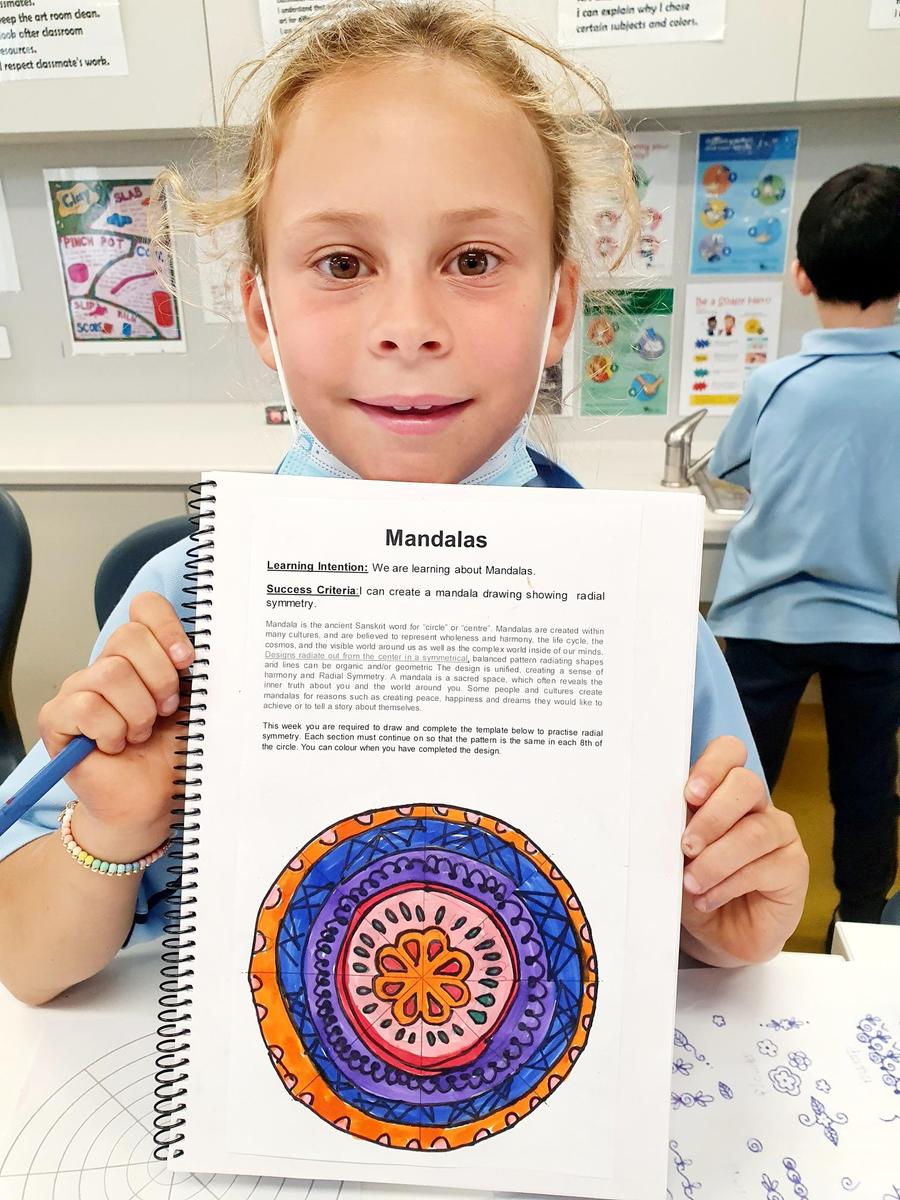












Students in Year 5 are inquiring into:
UOI: How the world works
Central idea: Colour theory is an essential part to the art elements.
Lines of Inquiry: How do we define primary, secondary and tertiary (colour) hues, value, shade, tone and tint?
How do we create secondary and tertiary colours?
How does colour, hue, value, tone and tint combine to create effective artwork?
Art elements/principles of colour, line, symmetry, pattern, unity, proportion, contrast and colour
Students have inquired into colour theory and developed their understanding of primary, secondary and tertiary colours as well as other colour theory principles of colour harmony. They have developed and consolidated their


colour mixing skills and have created a colour wheel from using only the three primary colours of red, yellow and blue.
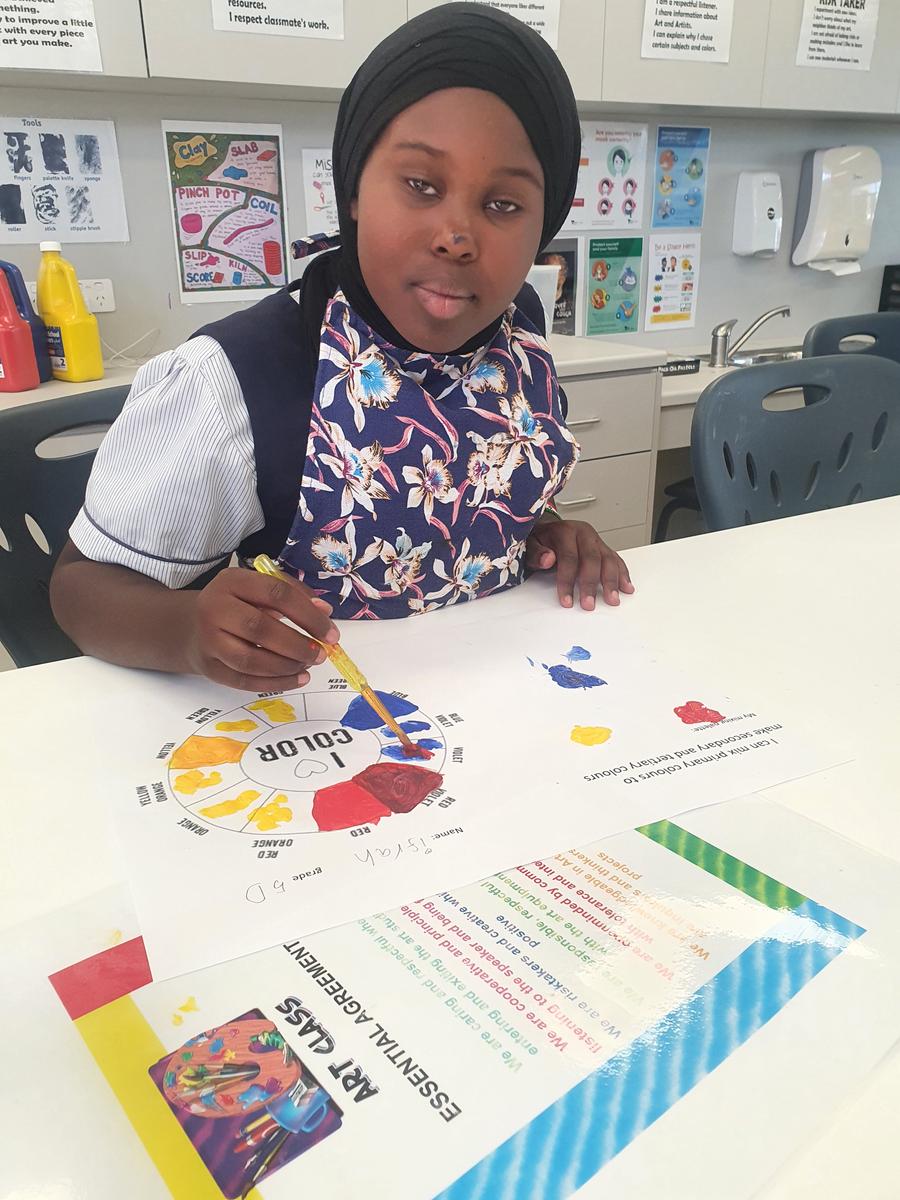
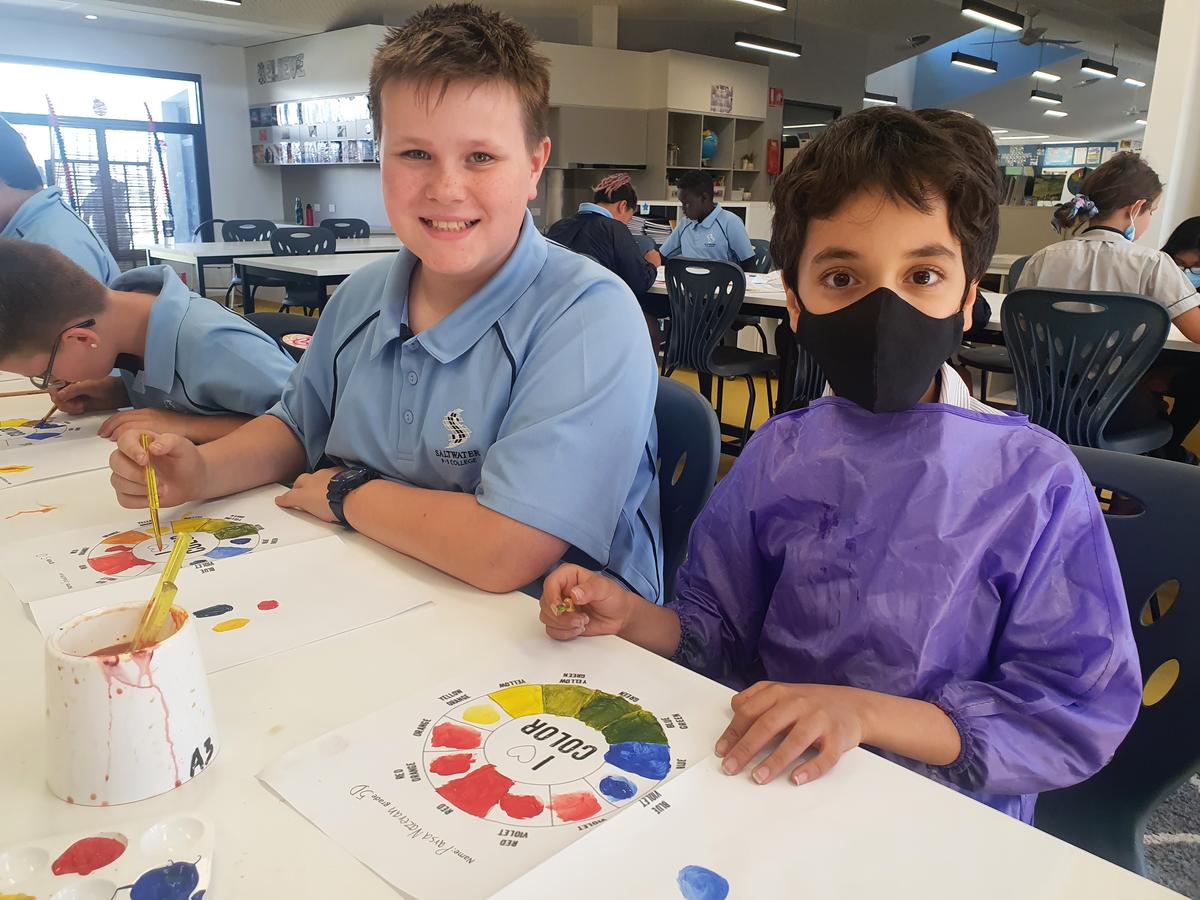


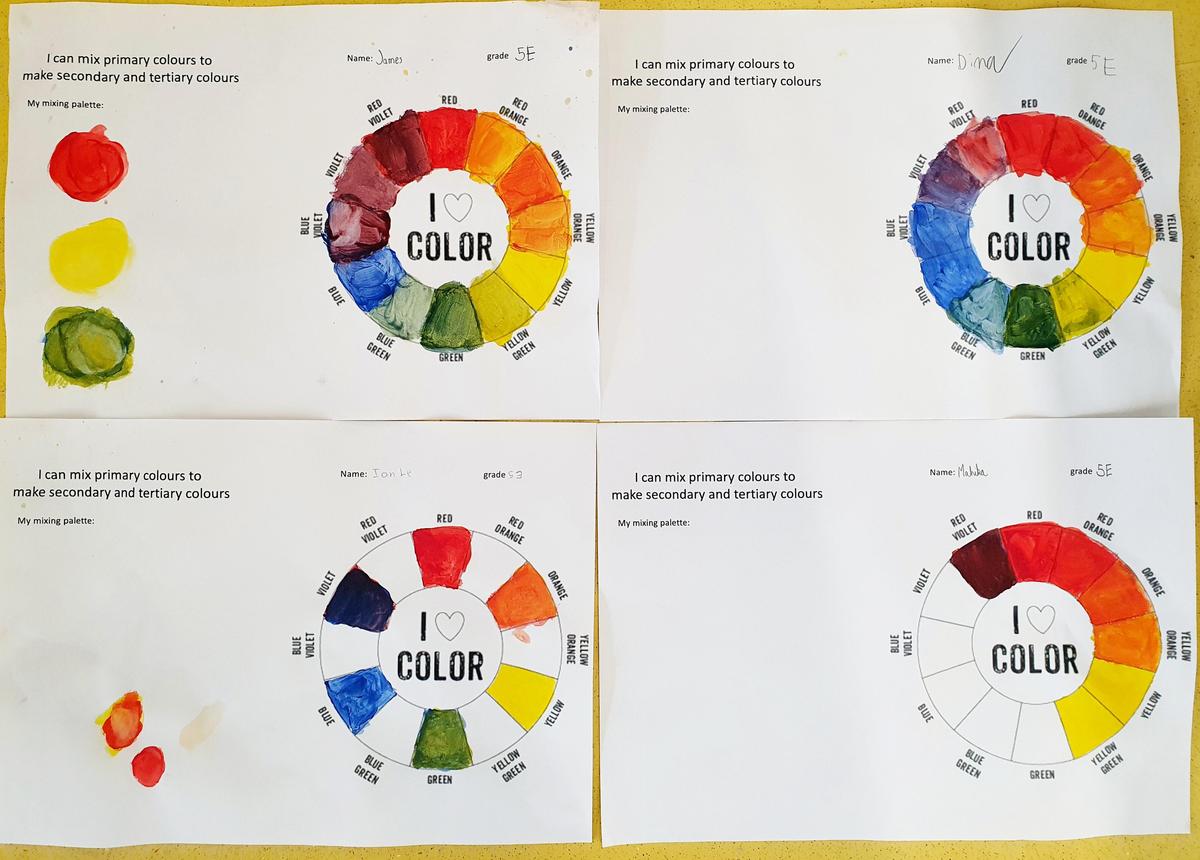

Students in Year 6 are inquiring into:
UOI: Who we are
Central Idea: Art uses a variety of colours and elements to express different emotions and show personal meaning to the artist.
Lines of Inquiry: How can different drawing styles, lines and colours be used to express emotions?
How does Chinese culture influence art?
How do different art elements, mediums & materials elicit emotions?
Art elements/principles of texture, colour, line, symmetry, pattern, unity, contrast, balance, space and proportion
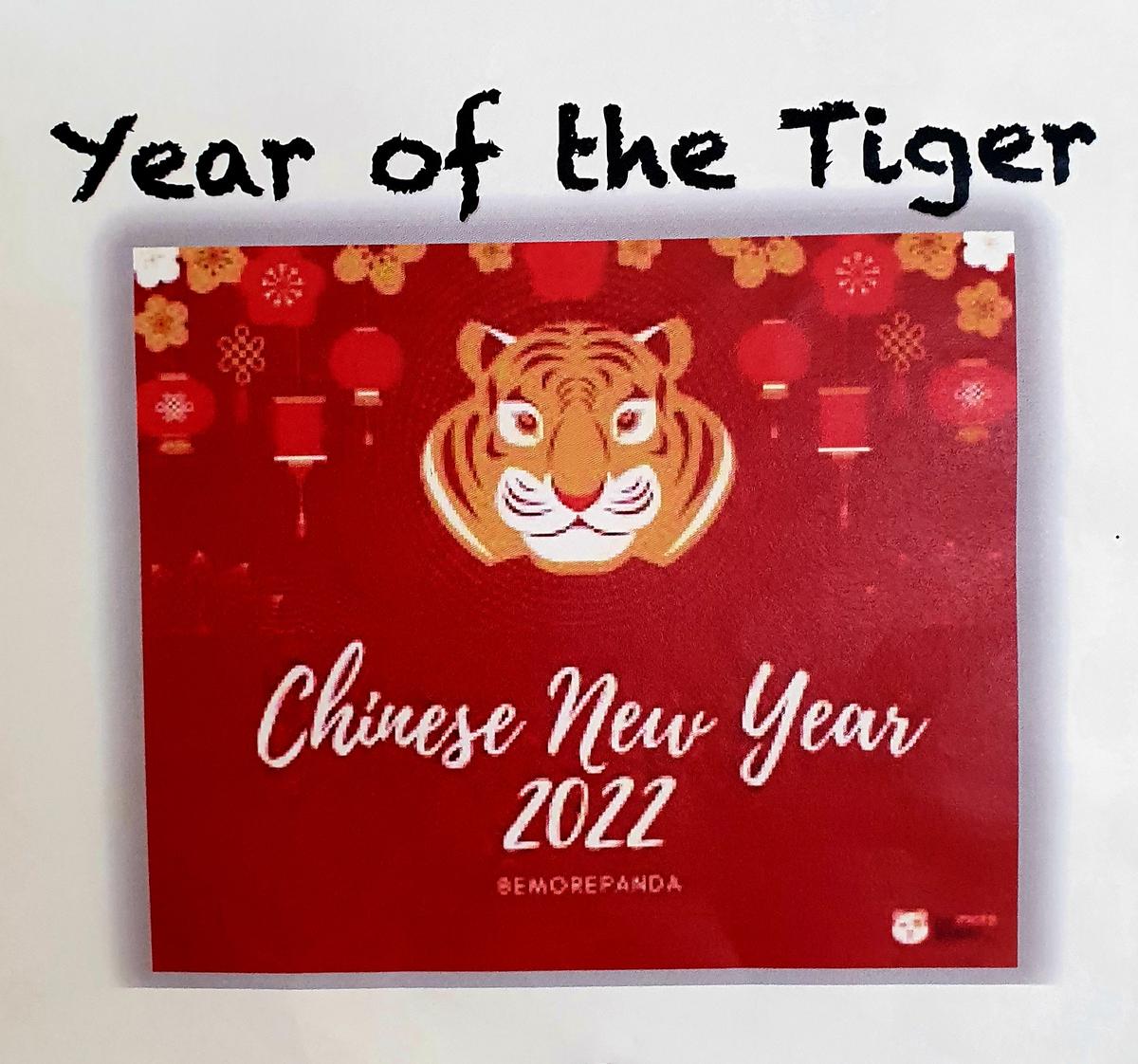





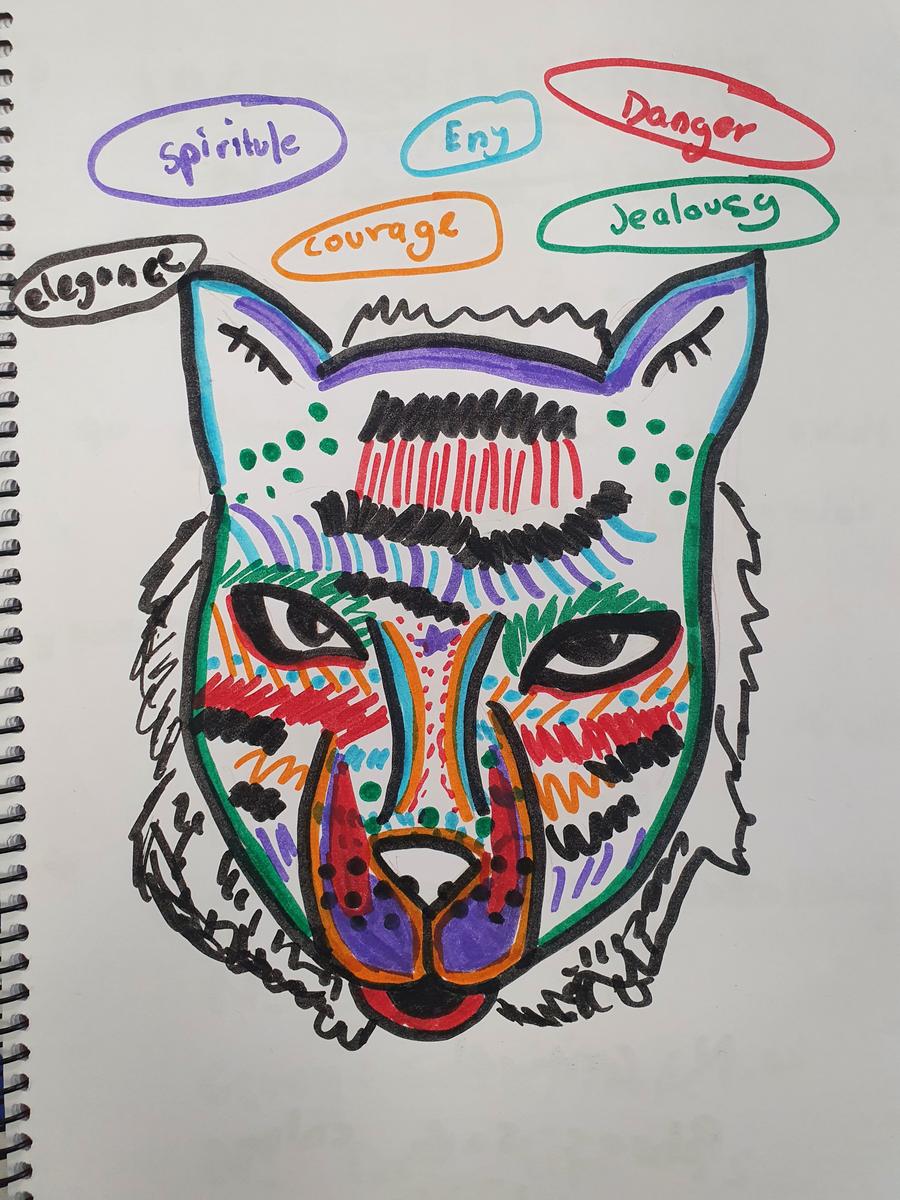
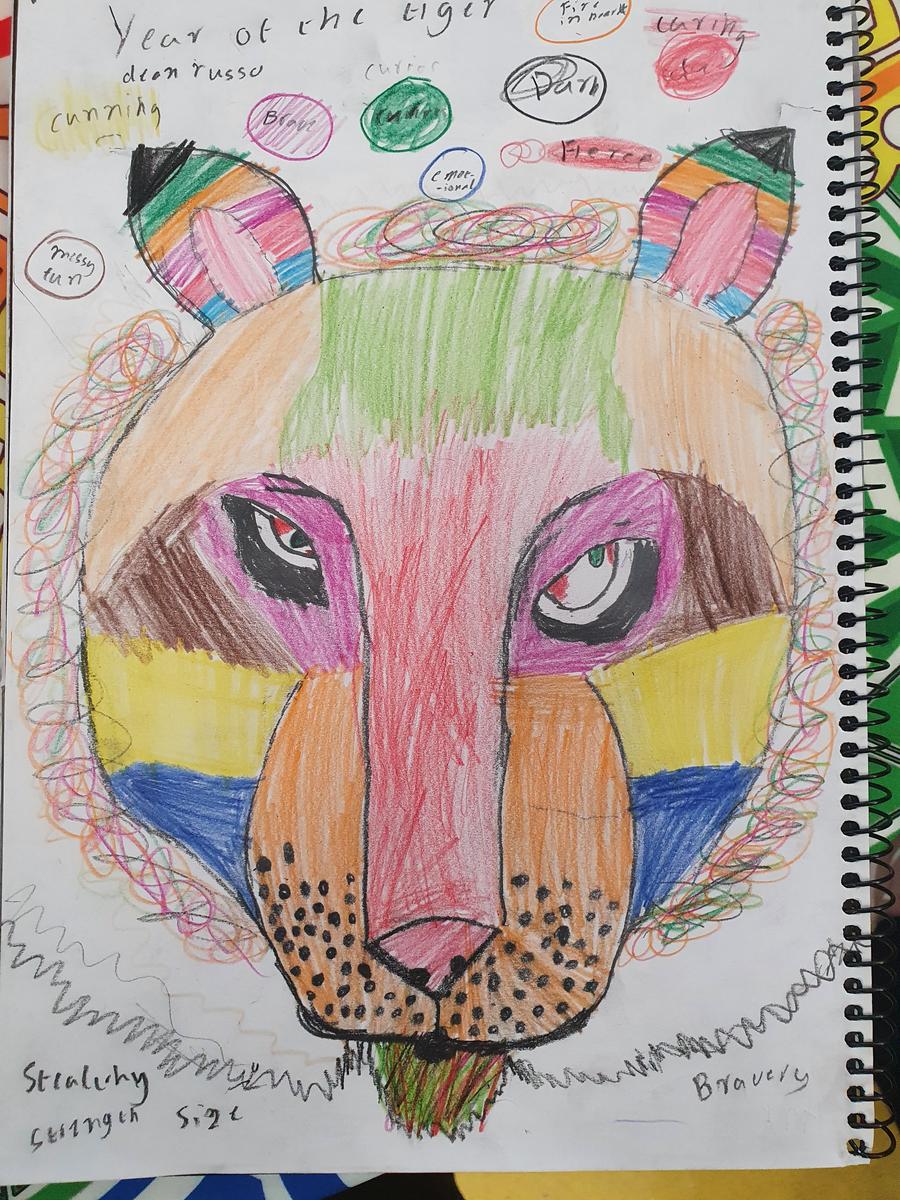


A note for parents for students in Years 4-7
from Ms. Nishani
Dear Parents,
please provide your child with an art smock, apron or old shirt to protect their school uniform and prevent staining of their clothes.
I also encourage you to please remind and ask your children to check and view the School box Visual Arts page on a weekly basis . This will enable them to be prepared for their Art lessons where they will gain knowledge on the theory and history behind their craft and prepare them for the subsequent lesson in art class so we can maximise practical activity time. There may also be images of techniques and skills that will assist them with their understanding of their unit which they can practise for homework and to further develop their skills. Thanks for your support and collaboration in your child's education.
Year 4:
https://ilearn.saltwatercollege.vic.edu.au/homepage/code/04A%2520Art
Year5:
https://ilearn.saltwatercollege.vic.edu.au/homepage/code/05A%2520Art
Year 6:
https://ilearn.saltwatercollege.vic.edu.au/homepage/code/06A%2520Art
Year 7:
https://ilearn.saltwatercollege.vic.edu.au/homepage/code/7VA3
Students in the Year 7 Orange group MYP Art program have been inquiring into:
Statement of inquiry: Exploring and creating with modelling materials helps us to understand 3D mediums and develop our skills.
Inquiry questions : How can modelling skills enable us to use similar mediums?
How is clay made and what are its purposes and function?
What is the history of ceramics and how has it changed over time?
Global context: Personal and Cultural expression
Learner profiles:
Open- Minded – to learning new skills and experimenting with materials
Thinkers –applying, mastering, and analysing the skills learn.
Risk taker: how do we apply knowledge to creatively solve problems we encounter during our project?
Students have been learning about sculpture and developing their modelling skills. They have consolidated and established their skills in modelling by designing and creating a coil pencil holder using modelling materials and clay. Students have inquired into the history of ceramics and are understanding the various stages of the clay drying and firing process. They are learning to be able to differentiate between scoring, slipping and blending and understand the role of ceramics in society. Students will be able to research the history of ceramics and how it has changed over time. They will be able to manage their time and use self-management skills during the various stages of their coil pot making process and will employ thinking skills to create a functional coil pot to hold their pencils and pens. Students will then apply their knowledge of colour theory to paint their coil pot demonstrating colour harmony whilst using the various art elements and principles of design.
